- Distinctive design inside and out
- Modern and great quality interior
- Finally 15,000km service intervals
- Very well equipped but expensive
- Small battery pack and range
- Small rear seat limits practicality
While the world deals with the Covid crisis, automotive manufacturers are dealing with issues like production problems, emissions targets and despite both issues, electric cars. Electric cars are, according to manufacturers, the future and almost every car maker has been rushing to make electric cars the next it thing the world over. Mazda, however, has been late to the party with its first electric car: the MX-30. If the name sounds familiar, that’s because there’s actually a mild-hybrid petrol MX-30 available from around $35,000, but this electric version is more than twice the price. With that in mind, what’s the 2021 Mazda MX-30 E35 Astina like? Let’s find out.
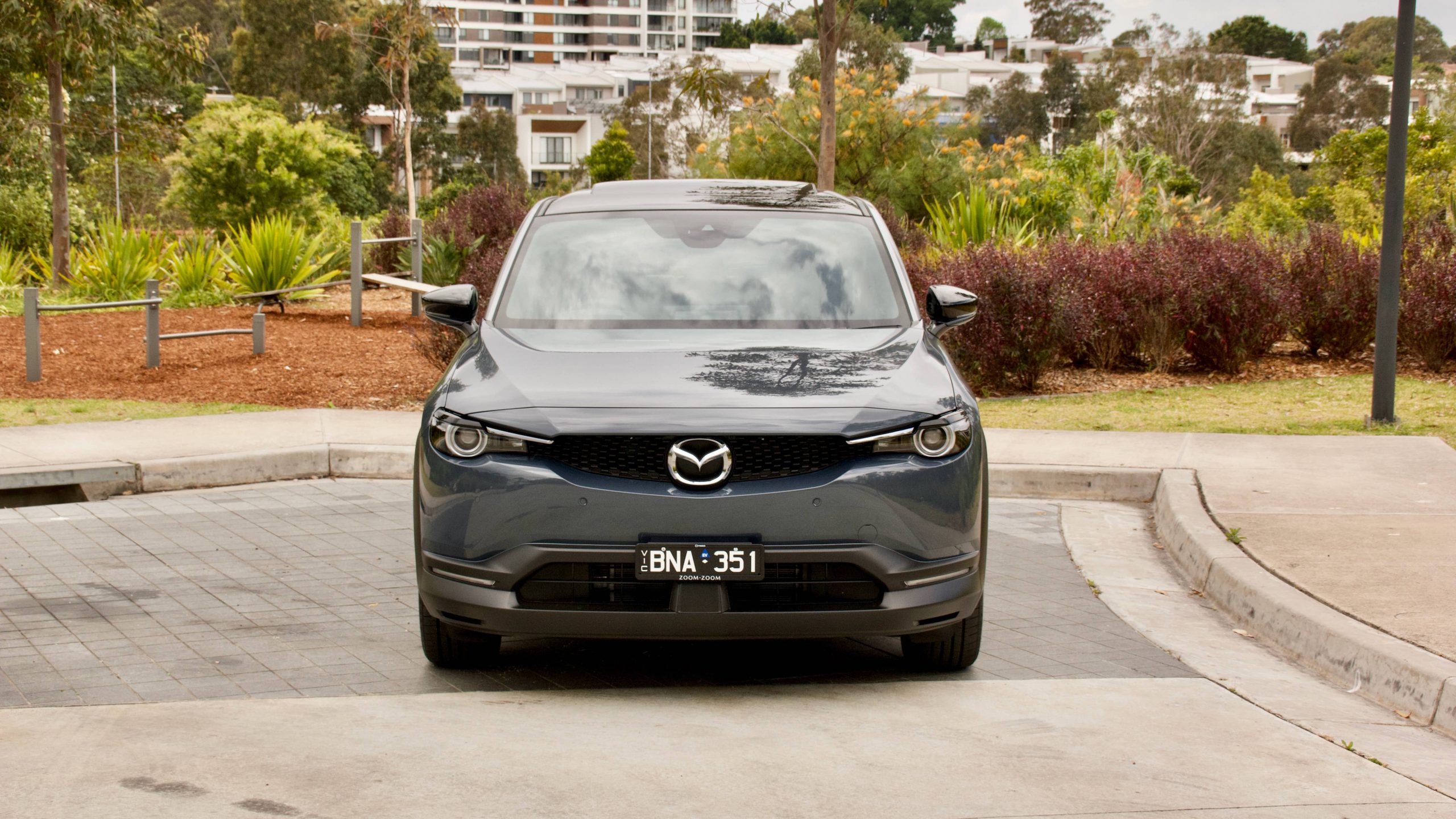
Price & Equipment: 7/10
Priced at $65,490 plus on-road costs ($70,961 drive away), the 2021 Mazda MX-30 E35 is only available in top-spec Astina form. It’s fully loaded with standard kit including 18-inch alloy wheels, all-LED lighting, auto lights and wipers, an 8.8-inch infotainment screen with wired Apple CarPlay and Android Auto, satellite navigation, digital radio, a sunroof, a leather steering wheel, half faux-leather/cloth trim, a 10-way electrically adjustable driver’s seat with memory functionality, heated front seats and a heated steering wheel, two USB ports, a 240V socket, single-zone climate control, keyless entry and start, heated and auto-folding mirrors, an auto-dimming rear view mirror and a 231-watt 12-speaker Bose sound system.
Standard safety kit includes eight airbags, auto emergency braking (AEB) with pedestrian, cyclist and intersection assist, Matrix active high beam functionality for the headlights, front and rear cross-traffic alert, blind-spot monitoring, lane keep assist, adaptive cruise control with stop and go functionality, auto rear braking, a heads-up display, a 360-degree parking camera, front and rear parking sensors, driver attention monitoring, speed sign recognition, lane trace assist and tyre pressure monitoring.
| 2021 Mazda MX-30 E35 | |
|---|---|
| Price (drive away in NSW): | $70,961 (plus $1,450 paint) |
| Doors and seats | 5 doors, 5 seats |
| Power and Torque: | 107kW/271Nm |
| Battery and charge time (10-80%): | 35.5kWh/36 minutes (50kW) |
| Maximum range: | 200km |
| Warranty: | Five years, unlimited kilometre |
| Service pricing (five years/75,000km): | $1,285 ($257 per service) |
| 0-100km/h sprint time: | 9.7 seconds |
There are a range of colours available including ‘Arctic White’, ‘Ceramic Metallic’, ‘Jet Black’ and ‘Machine Grey’ and ‘Polymetal Grey’ – the latter two are $495 extra. ‘Ceramic’ can be had with a black roof for an extra $995, while ‘Polymetal Grey’ and ‘Soul Red Crystal’ can also be had with black roofs for an extra $1,490. Our test car was painted in ‘Polymetal Grey’ with the black roof and is priced at $72,526 drive away.
There are many competitors to the 2021 Mazda MX-30 E35 including the $69,311 drive away Hyundai Kona Electric Highlander Extended Range and the $70,990 drive away Kia e-Niro Sport. The Mazda features more safety kit than the South Korean cousins, as well as features such as Matrix headlights and heated seats/steering wheel over the e-Niro. But the Kona features kit such as ventilated front seats, heated rear seats, wireless phone charging, rear occupant alert, safe exit assist and an electric passenger seat. And then there’s the battery pack: the Kona and e-Niro’s 64kWh unit is almost double the size of the Mazda, so the Mazda appears to be poor value in comparison.
That’s the extended range Kona as well – the $6,000 cheaper (than the Mazda) standard range Kona Highlander still offers 305km of range, which is 105km more than the Mazda.
Performance & Range: 5/10
Under the bonnet of the 2021 Mazda MX-30 E35 is a 107kW/271Nm electric motor that powers the front wheels. It draws its power from a small 35.5kWh lithium ion battery pack that’s mounted under the floor and it can be charged from 20-80 per cent in as little as 36 minutes using 50kW DC charging – though the minimum nine-hour charge time using a wall socket is more likely for most owners, according to Mazda. Like a lot of other EVs in Australia, the MX-30 comes with a wall charger as standard – a AC charger can be had as an accessory or on the aftermarket for around $500, and it’s something we would strongly recommend as it opens up a lot more charging spots.
Unlike the Hyundai Kona Extended Range and the Kia e-Niro, the MX-30’s performance is nothing special. Mazda claims a 0-100km/h sprint time of 9.7 seconds, which is around two seconds slower than the Kona and roughly equal to the 2.0-litre petrol MX-30. It’s totally fine for urban use but the South Korean cousins are definitely much quicker, if that’s what you’re looking for.
So while the MX-30’s performance is nothing special, its 200km range is equally unworthy – especially when the Kona Extended Range offers 484km, which is a massive 284km more – more than twice the Mazda. Even the standard range Kona offers 305km of range, which is 105km more than the Mazda.
Why doesn’t the MX-30 offer more range and performance? Well, according to Mazda, it’s about ‘right-sizing’ and reducing the impact of the car on the planet. This means that it’s been designed with its target market in mind – Europeans, mostly, with way more charging ports than in Australia – and the company didn’t want to endow the car with more range and performance than needed.
Ride & Handling: 7/10
The 2021 Mazda MX-30 E35 is a pleasant car to drive, much like many other modern Mazda products. It features a conventional strut front/torsion beam suspension layout – though like the Mazda3 and CX-30 that it shares a platform with, the ride can be unsettled at lower speeds – the independent rear of the Kona and e-Niro makes those cars ride better, though. This is also due to the MX-30’s large 18-inch wheels and its heavy 1,670kg kerb weight.
The steering feels more natural than other Mazda products with less weight but still reasonable feel, and its road noise levels are – like all other current Mazdas – excellent. What’s not excellent is the MX-30’s atrocious visibility with small windows, a high window line, a strange driver’s mirror and tiny rear windows. But despite those negatives, the MX-30 is an entirely pleasant car to drive. Even with sportier driving, like other current Mazdas again, the MX-30 does reasonably well with good grip levels from its tyres and a relatively nimble feeling from behind the wheel.
Interior & Practicality: 8/10
While the MX-30’s drivetrain lags behind its competitors, its interior – at least the front part of it – is a step ahead in both design and quality with an almost luxurious and minimalist feel. Its dashboard is more modern than competitors with a funky design and it even features a lot of recycled materials, including the door panels and leather, while the centre console is made from cork – a historic Mazda material. Most of the dashboard – even the knee pads on the centre console – are soft touch, which gives a nice feel against the almost all-hard plastics in the Kona.
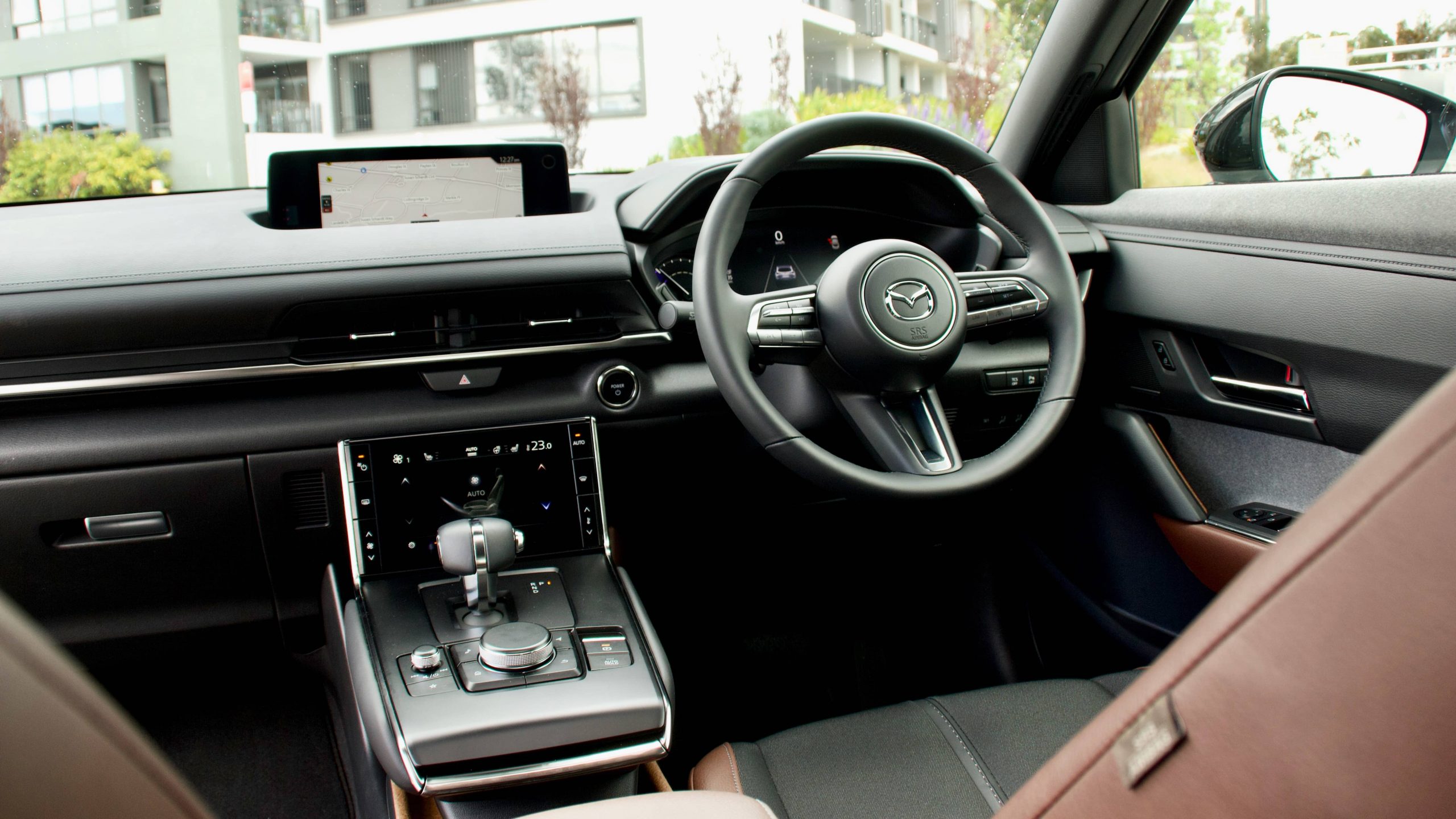
Centre of the MX-30’s dashboard is an 8.8-inch screen with a rotary dial controller mounted in the middle of the cabin. The screen itself is great quality and its layout is minimalist like the rest of the cabin. It can take a while to get used to, but once you are used to it, it’s easy to use. It’s fully featured with Apple CarPlay and Android Auto, as well as digital radio and satellite navigation – though no inbuilt live traffic is annoying.
The front seats are very comfortable with plenty of adjustment, though it would be nice if the passenger seat had lumbar support as well.
The back seat of the MX-30 is its interior downfall – no Mazda is positively huge for rear seat space, but the MX-30 is tight, even by Mazda standards. Access to it is tricky with the freestyle doors, so putting a car seat in is hard, while room back there is tight for six-footers. There’s a centre arm rest with cupholders, one map pocket and electric controls for the driver’s seat – but no charging ports and no vents feature.
The boot of the 2021 Mazda MX-30 E35 measures in at 311-litres, which is small even by class standards. There are also no features in the boot, aside from a few tie down points. The MX-30 Electric features no spare wheel, though folding the rear seat opens up to a reasonable 1,171L of space.
Service & Warranty: 9/10
Like other electric cars, the 2022 Mazda MX-30’s service pricing is pretty reasonable at $1,285 over five years/75,000km ($257 per service). What makes it even more reasonable is that its service intervals are actually 5,000km longer than Mazda passenger cars at 15,000km – including the petrol-powered MX-30. Its warranty is five years/unlimited km with a further three years for the battery, and five years of roadside assistant is included.
The Hyundai’s warranty is equal to the Mazda’s, though the Kia offers two more years at seven years in total. The Kona costs $1,445 to service over five years/75,000km – only $160 more than the Mazda – while the e-Niro costs $1,728 over the same time period.
The 2022 Mazda MX-30 E35 Astina DiscoverAuto Rating: 7.2/10
Mazda’s first electric vehicle has been a bit of a surprise in that it’s not a home run in the same way that other new Mazda products are. It offers a lot for buyers to like – it’s funky to look at, cheap to run, nice to drive, features a quality and modern interior and it’s absolutely loaded with standard equipment. In addition to all of that, it’s a Mazda, a brand that Australians adore. But all of those qualities can be found on the petrol-powered MX-30, which is available from as little as $38,000 drive away – and that’s where the car’s problems lie.
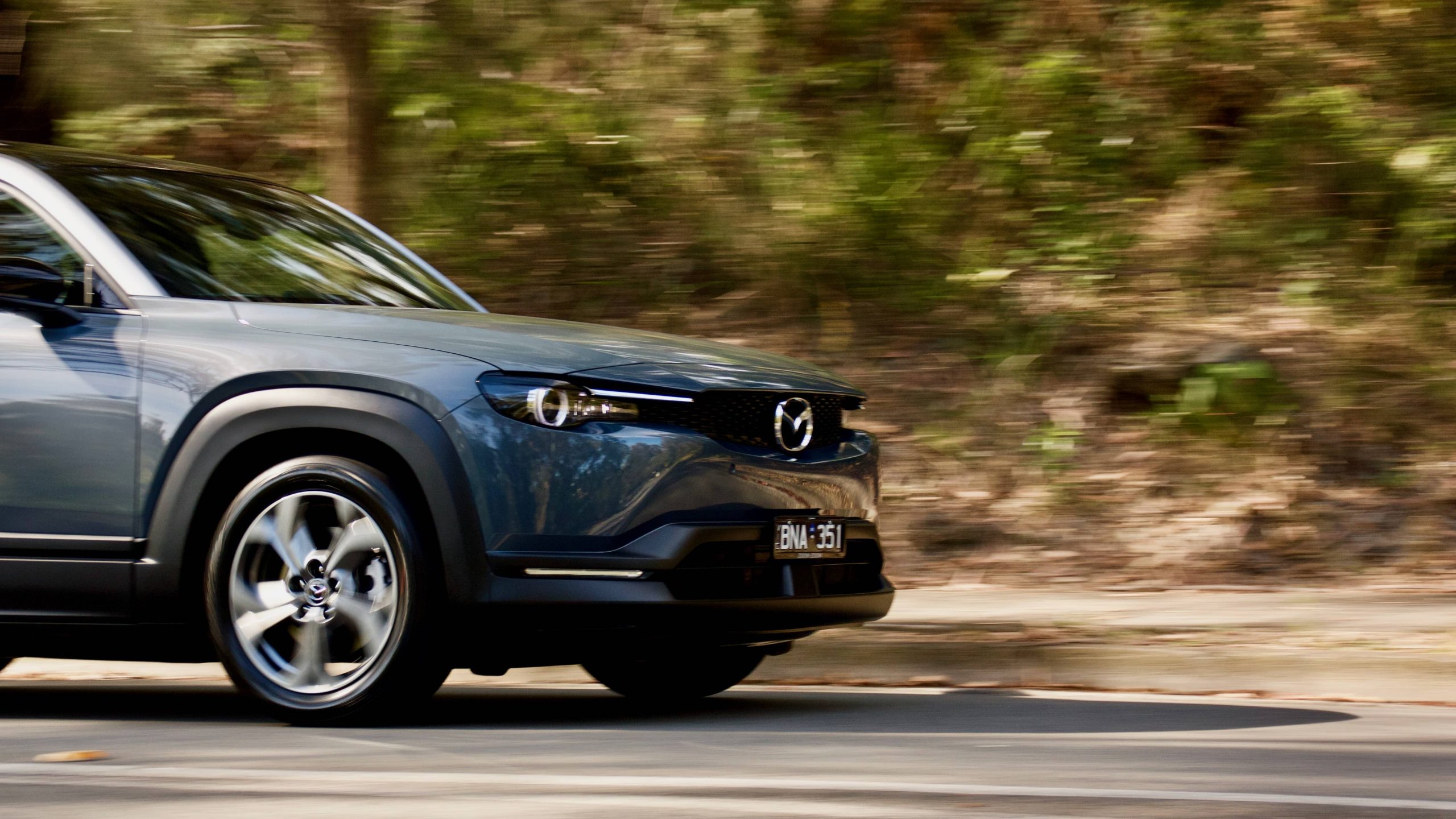
The 2021 Mazda MX-30 E35 is poor value for money, and not only is it expensive, but it offers a small 35.5kWh battery pack with only 200km of driving range. Its closest rivals – the Kia e-Niro and Hyundai Kona Electric Extended Range – offer over double the range at 484km and they also offer more standard equipment and more practicality. That the MX-30 Electric is available for A$30,000 less in the U.S. – before government incentives – rubs salt further into the wound. We’re big fans of the Mazda MX-30, but its poor value equation will keep it from the driveways of many Australians.
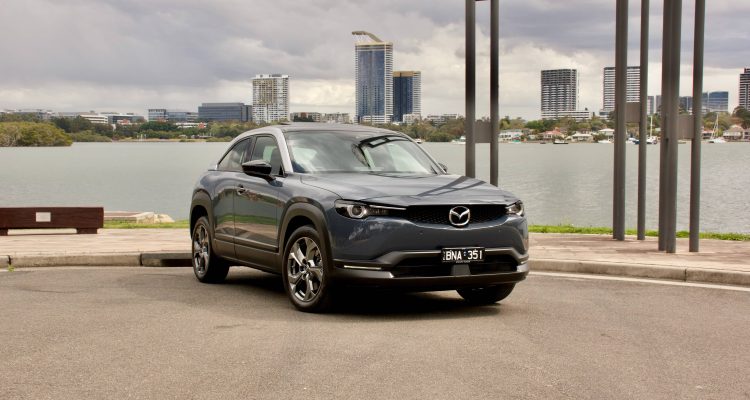
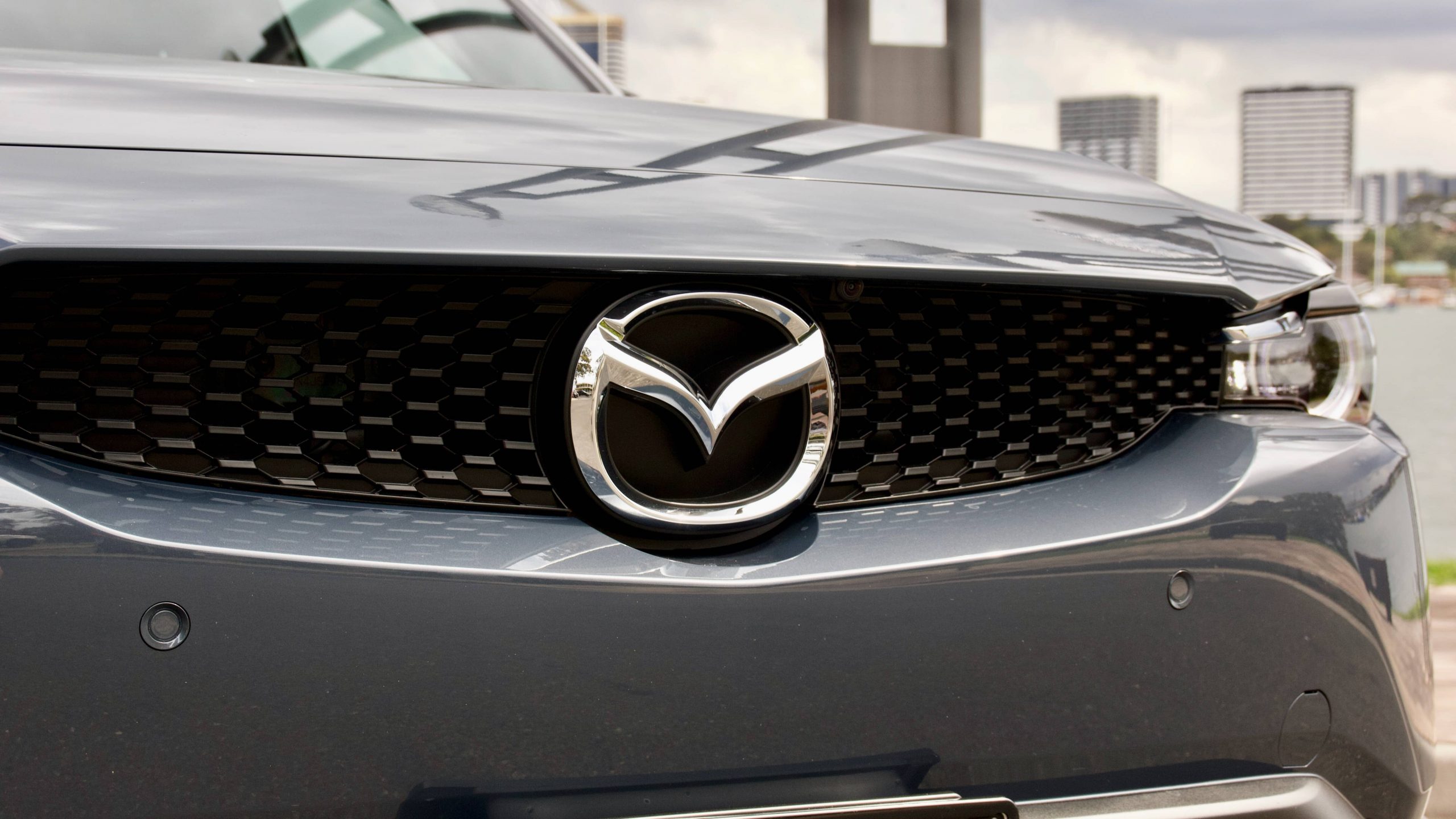
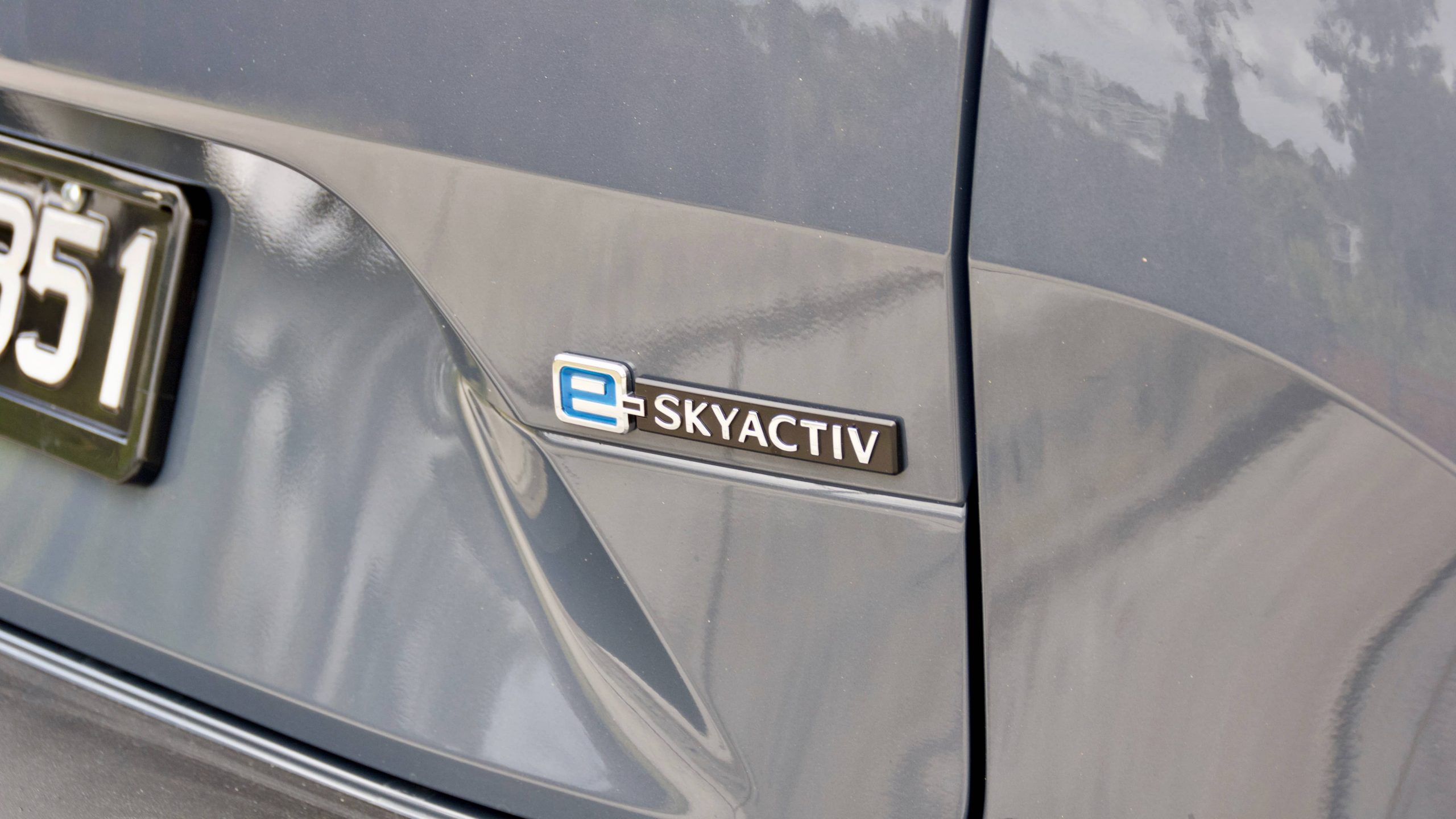
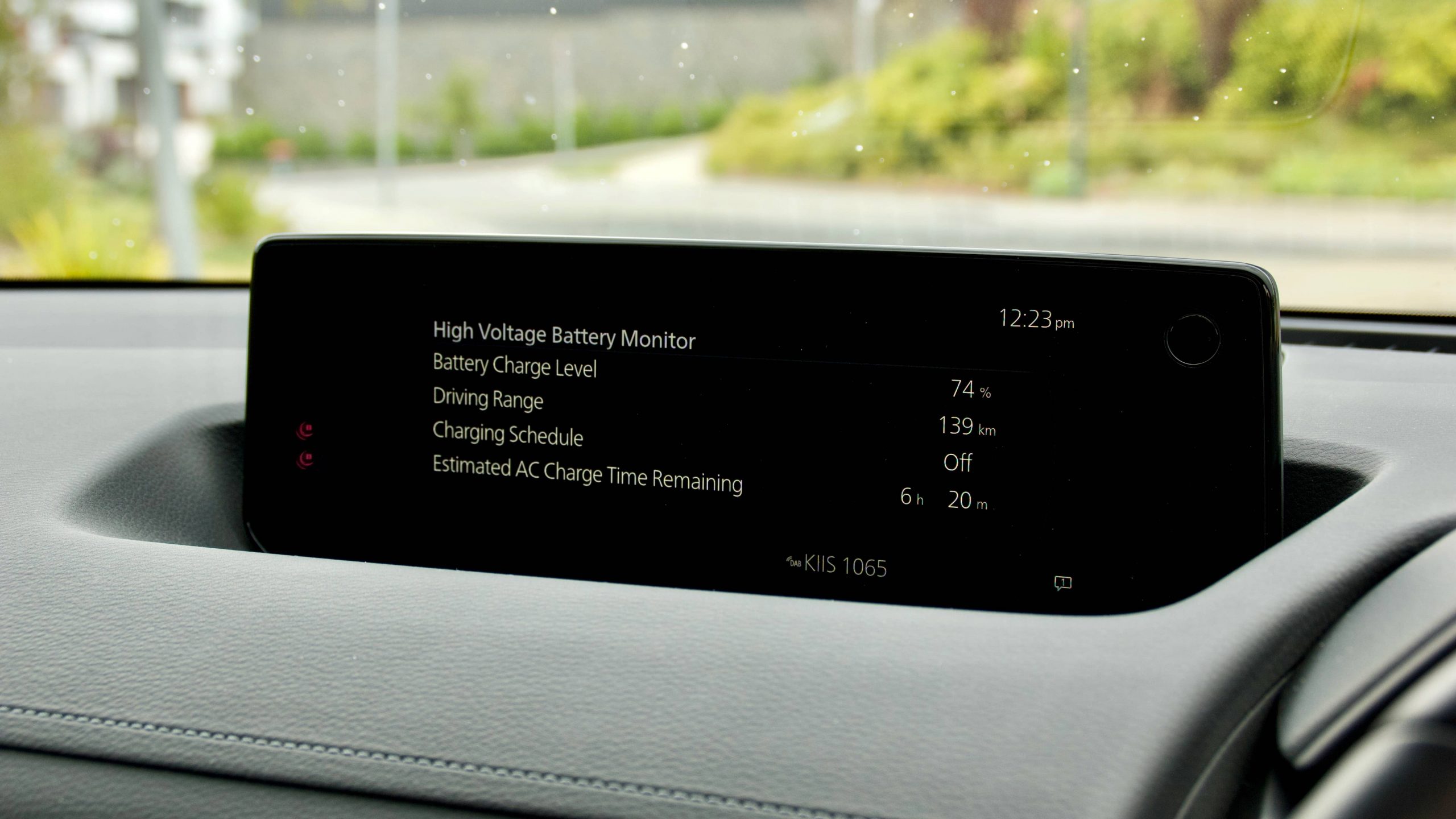
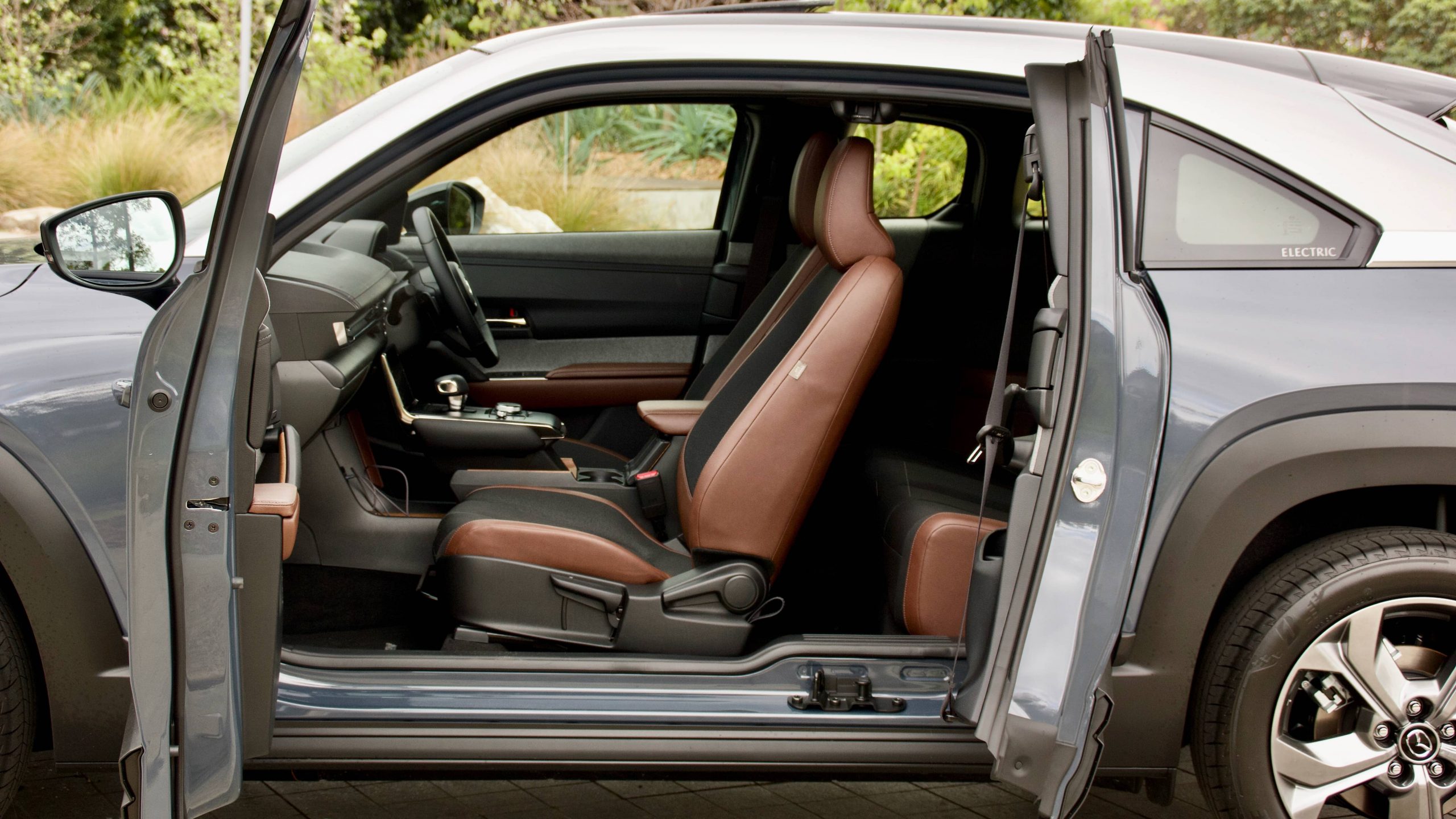
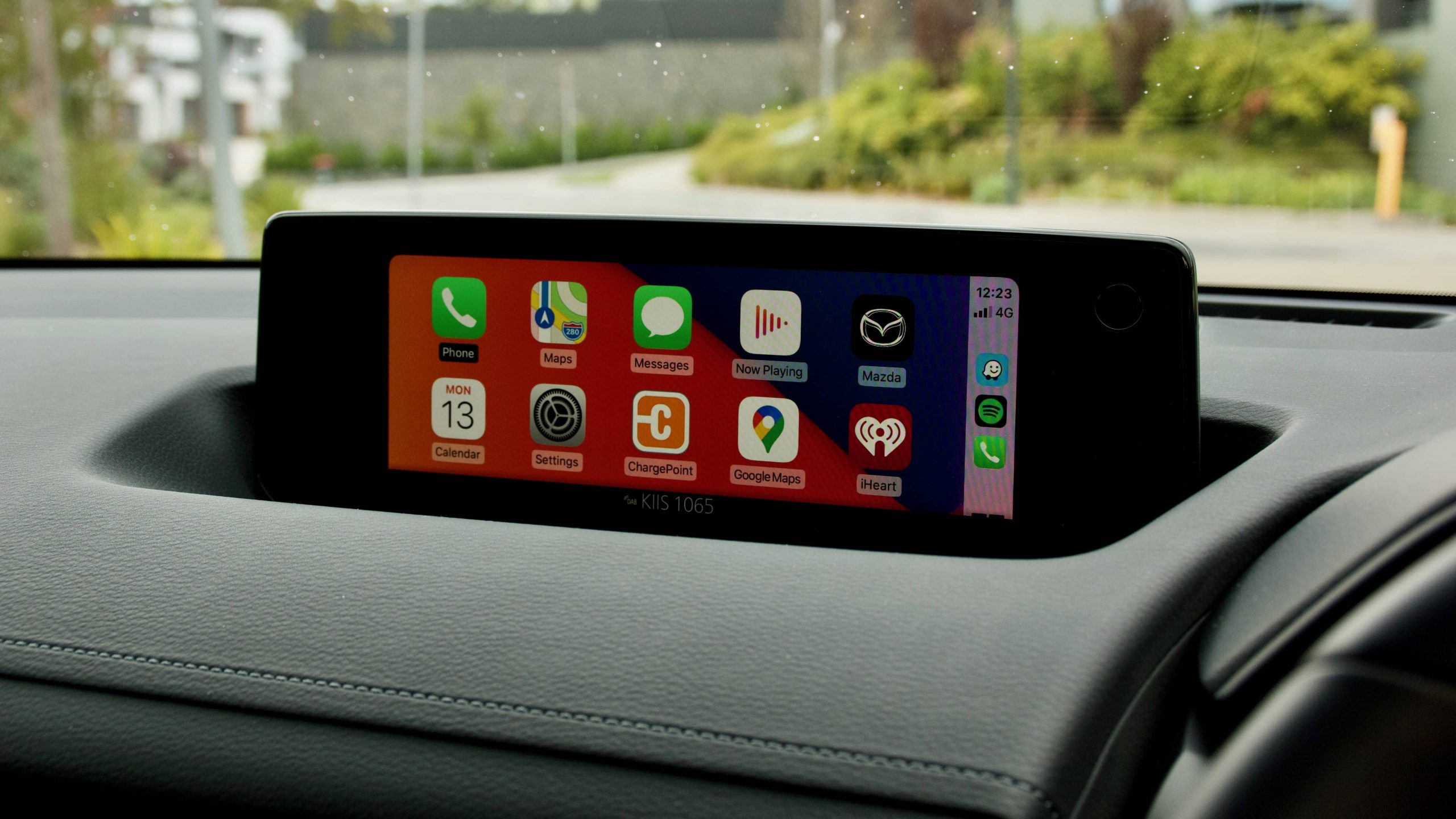
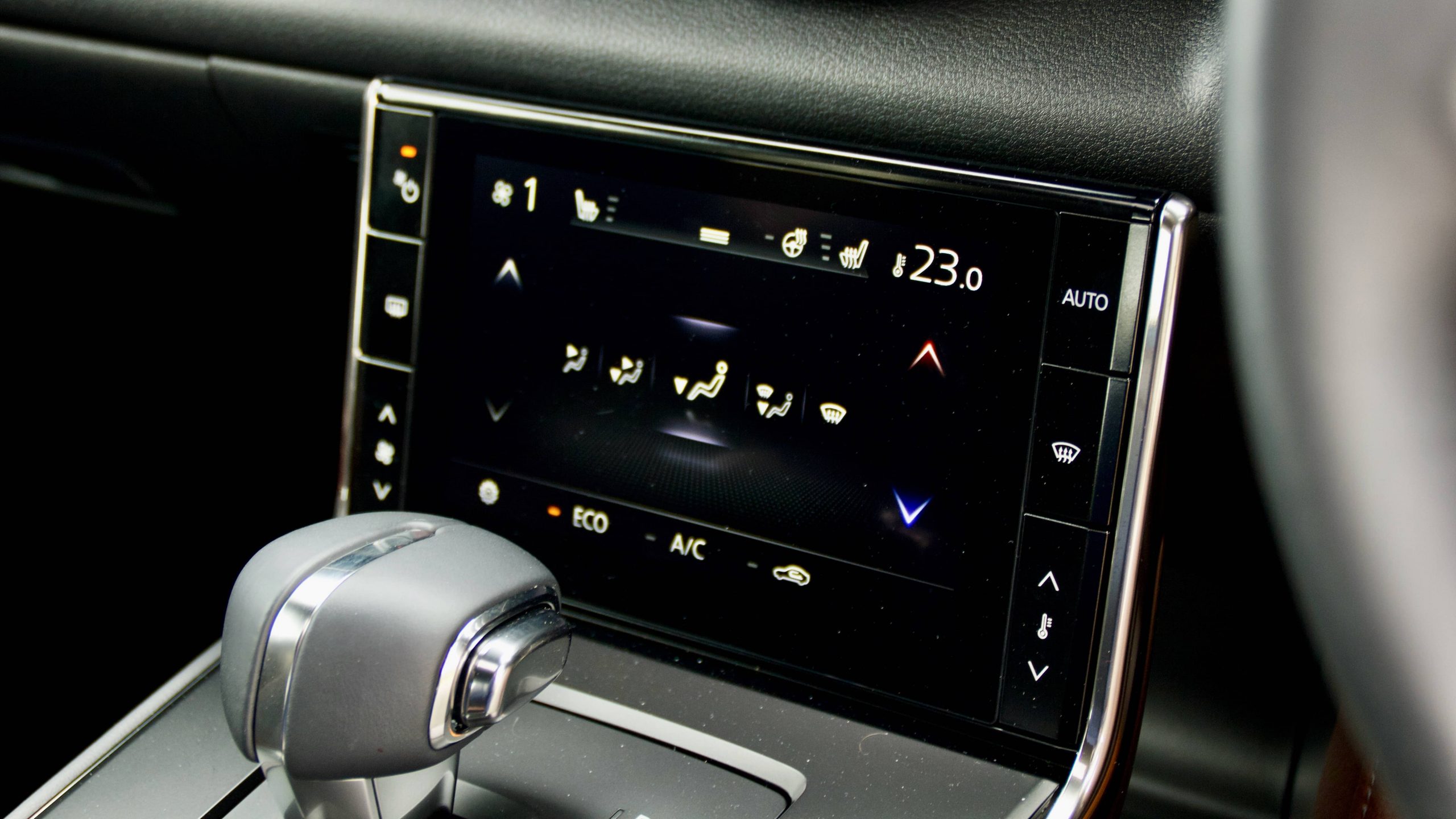
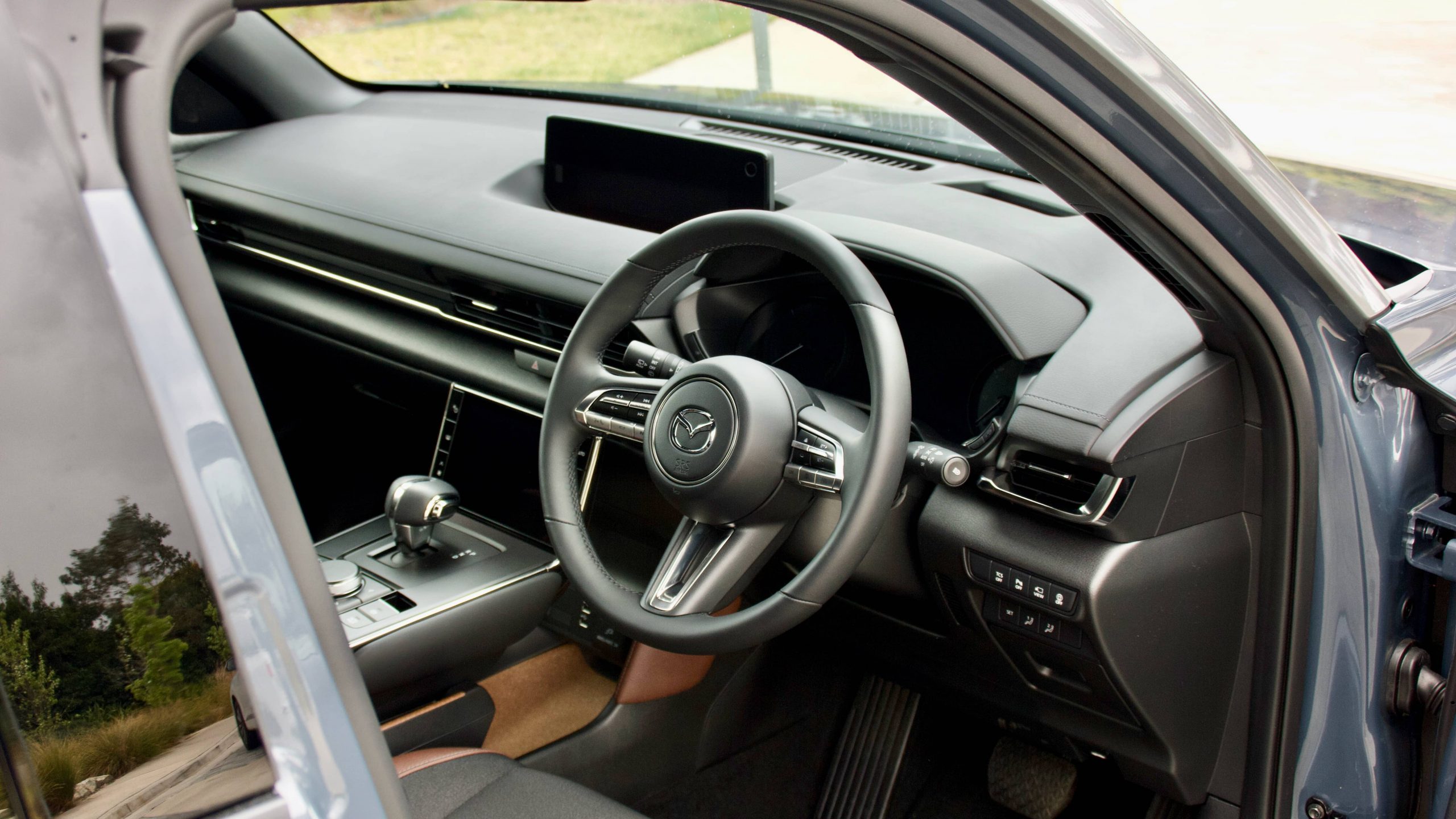
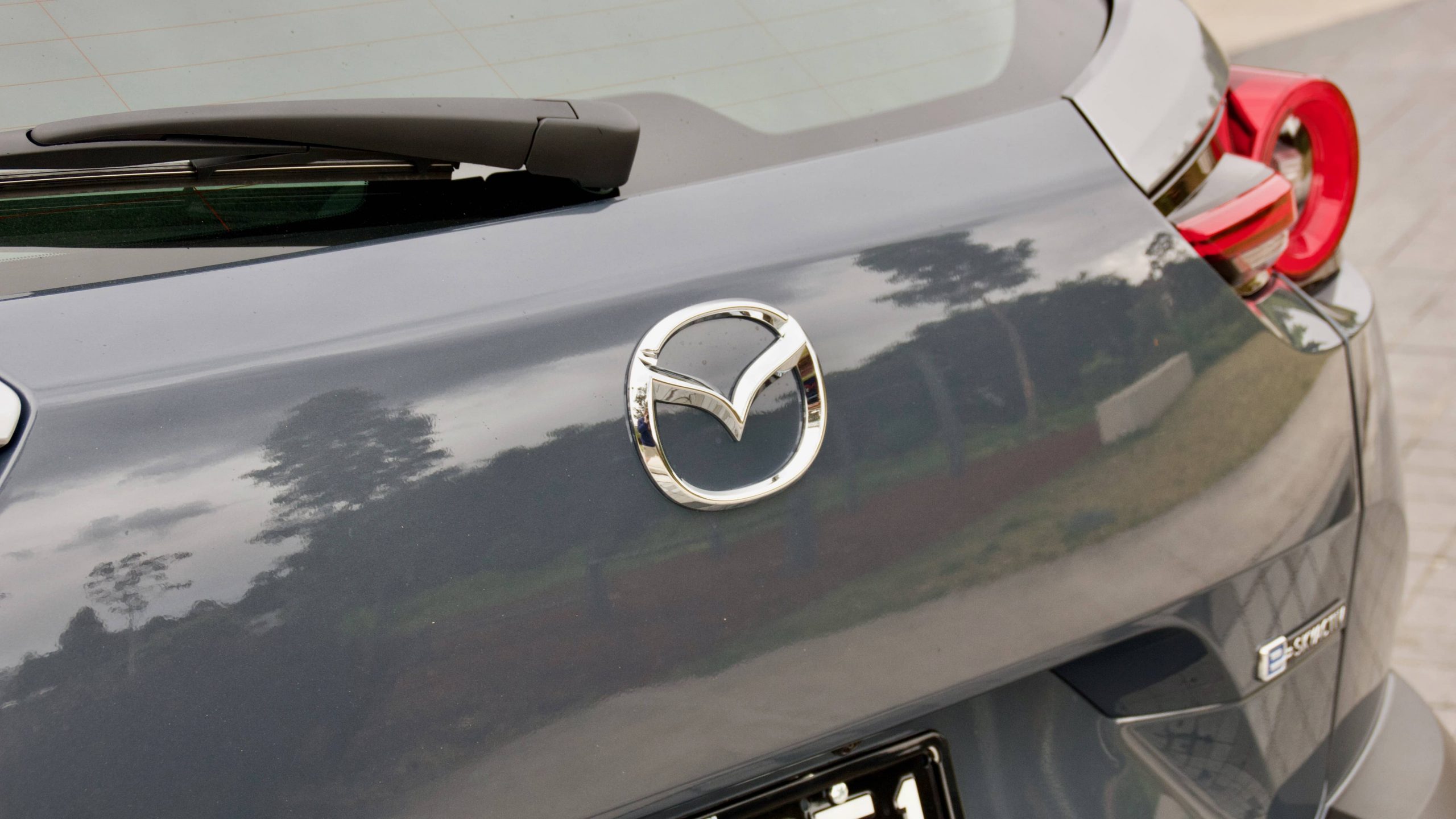
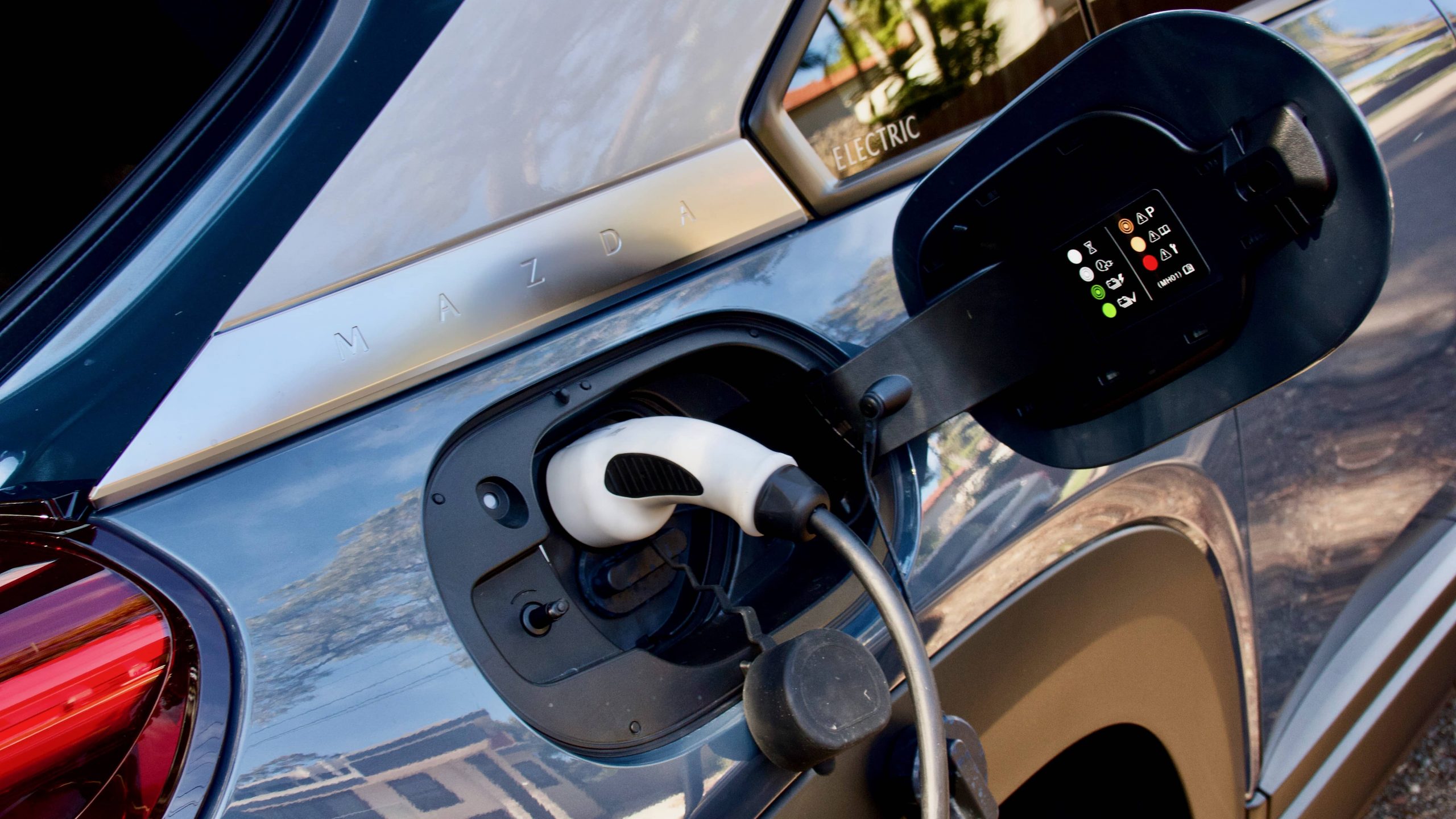
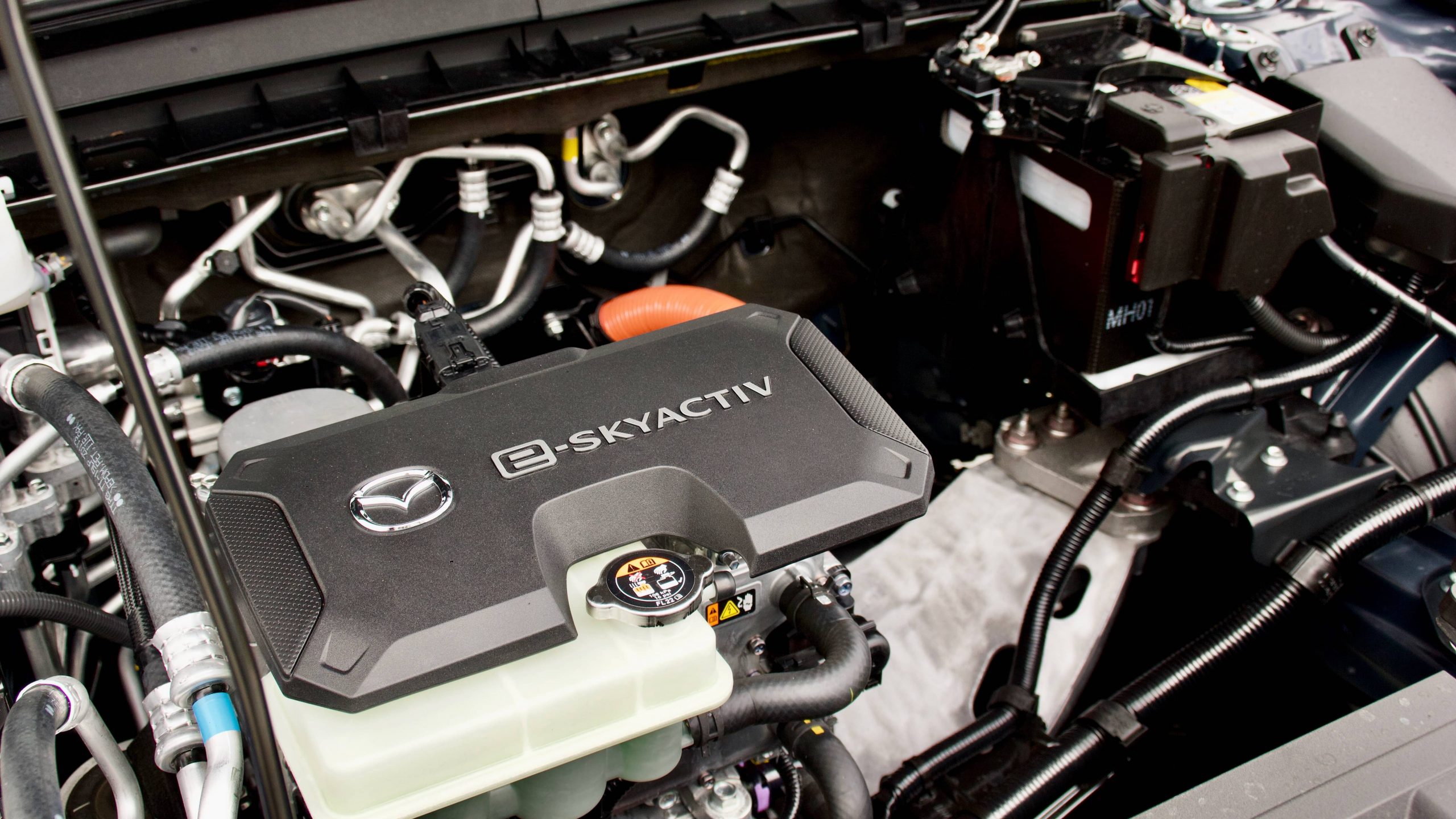
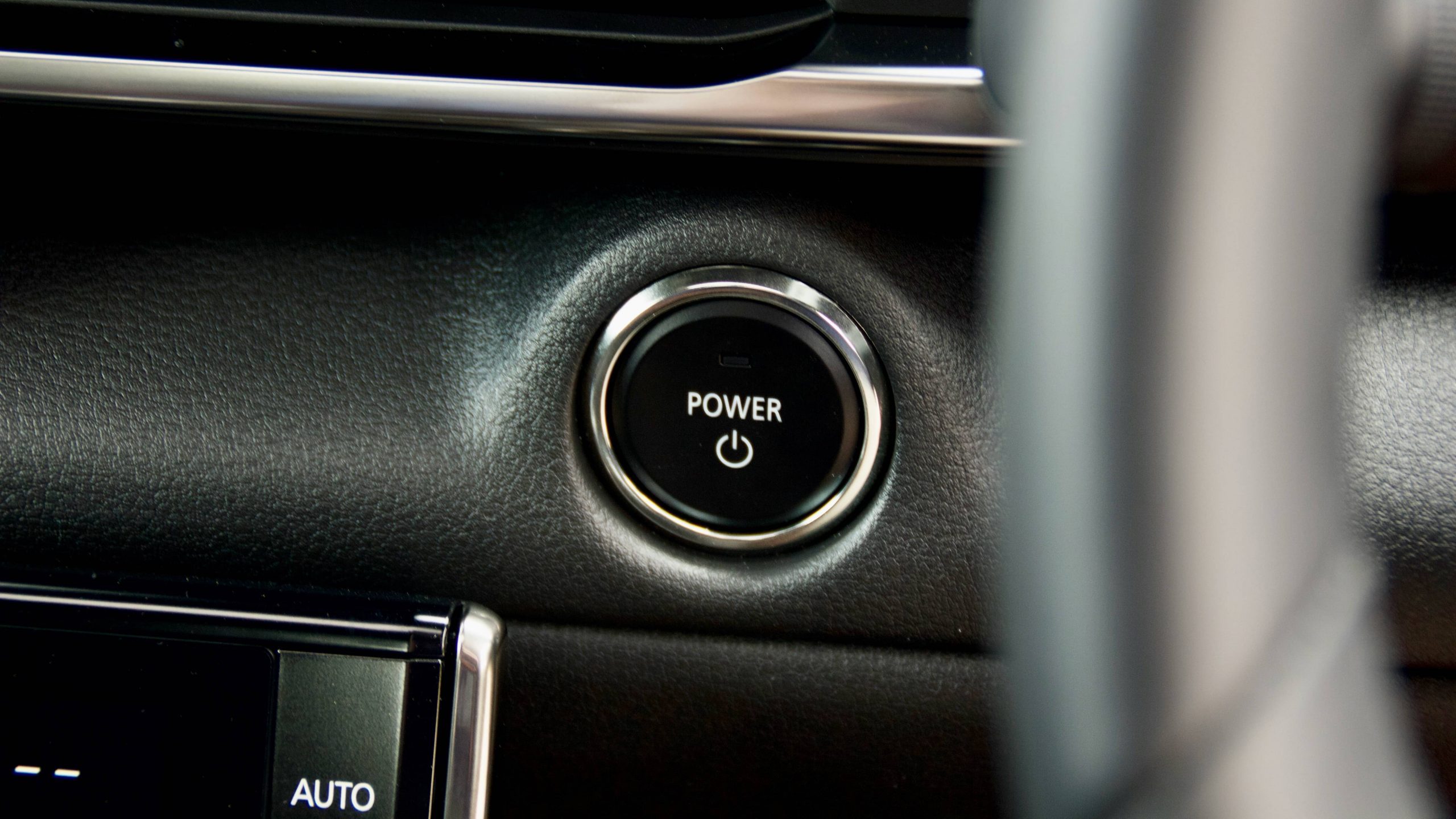
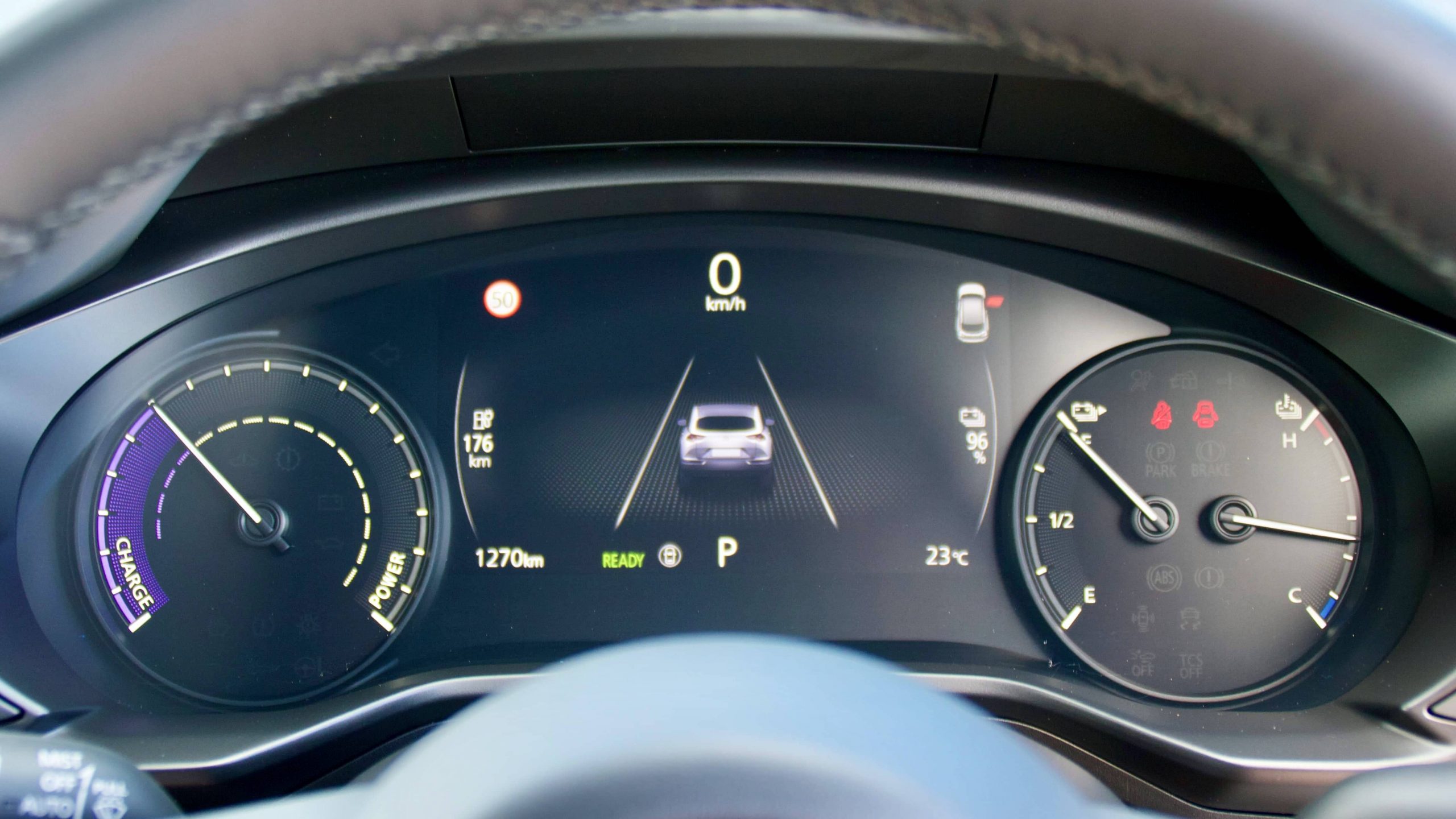
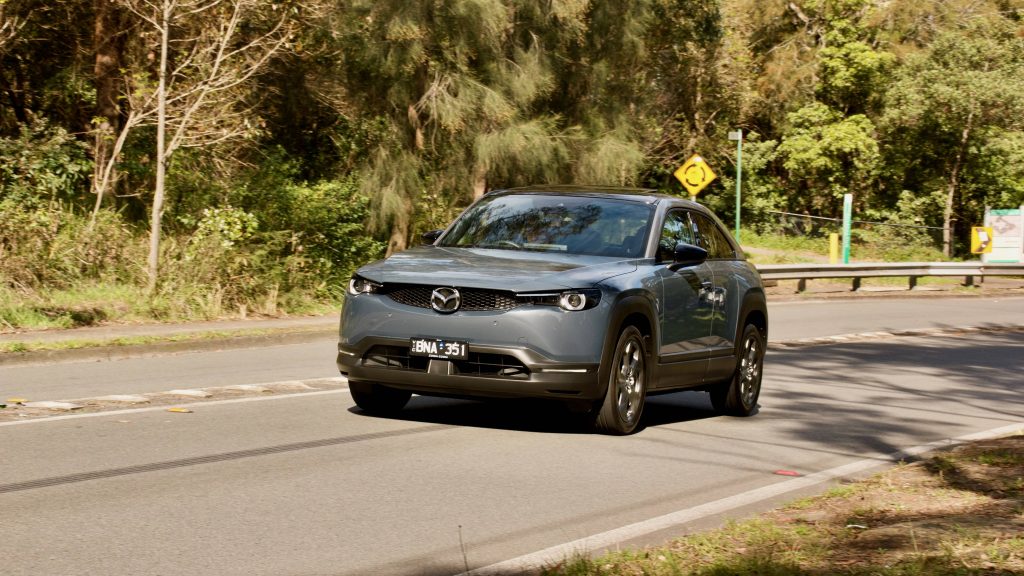
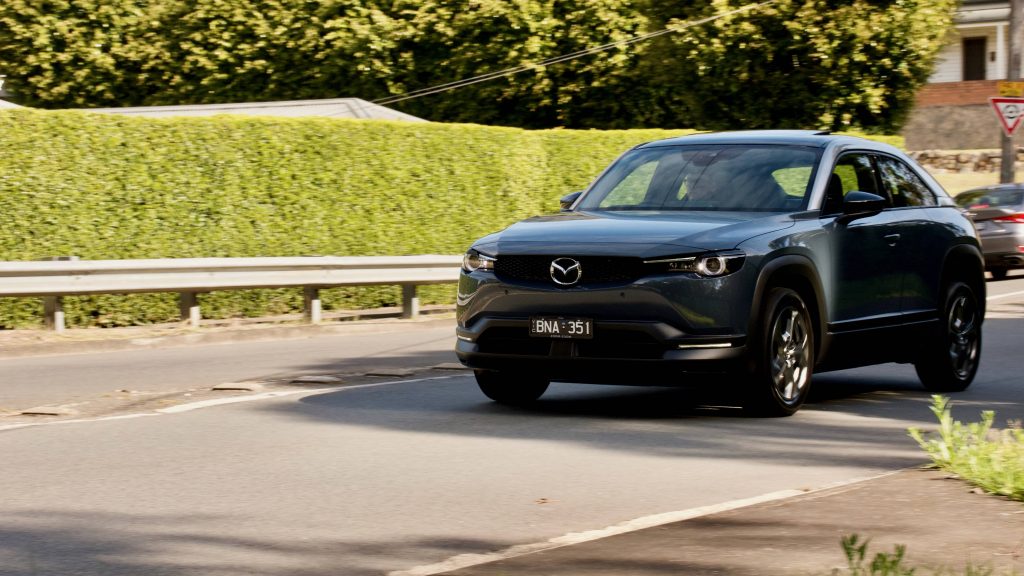
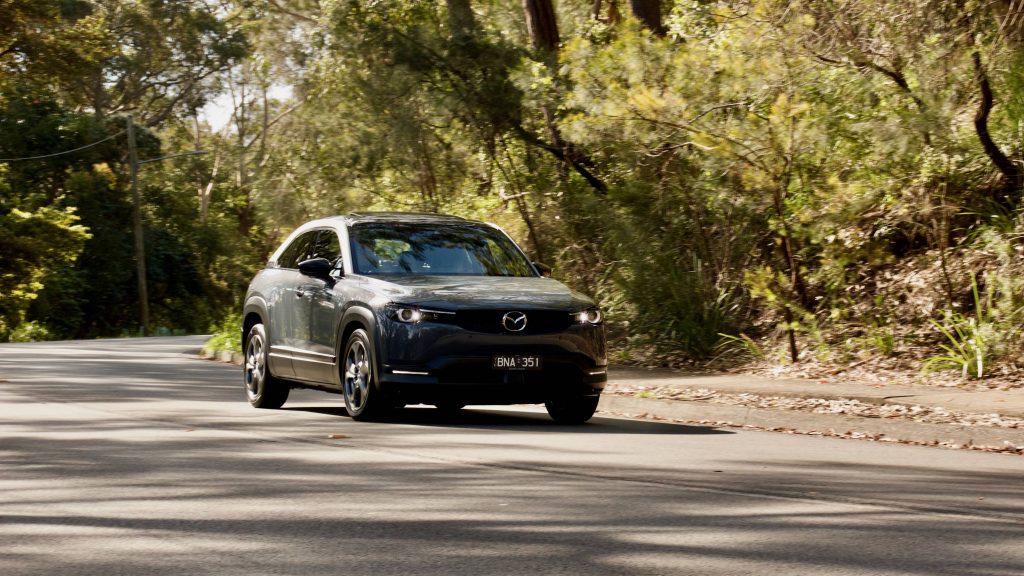
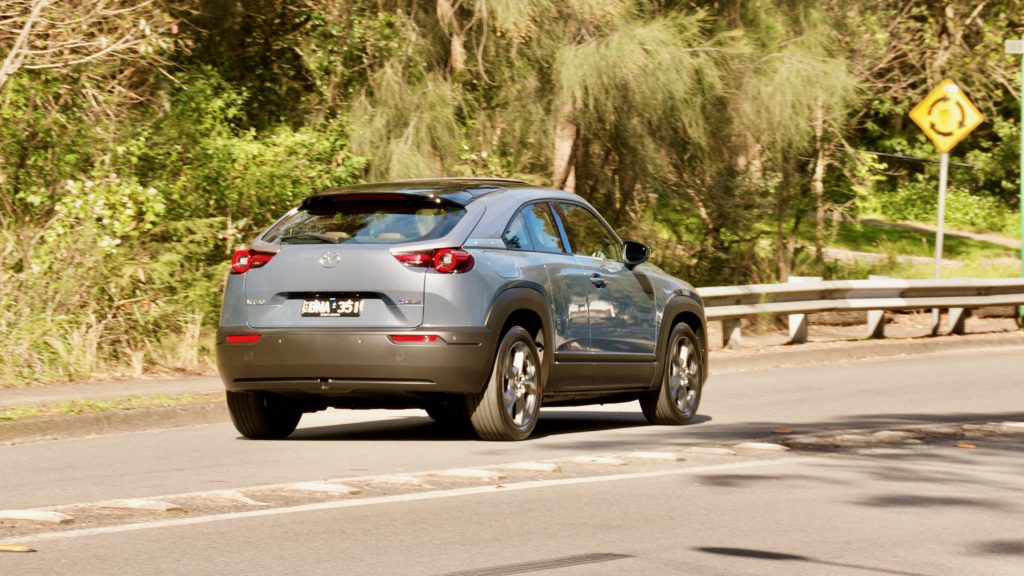
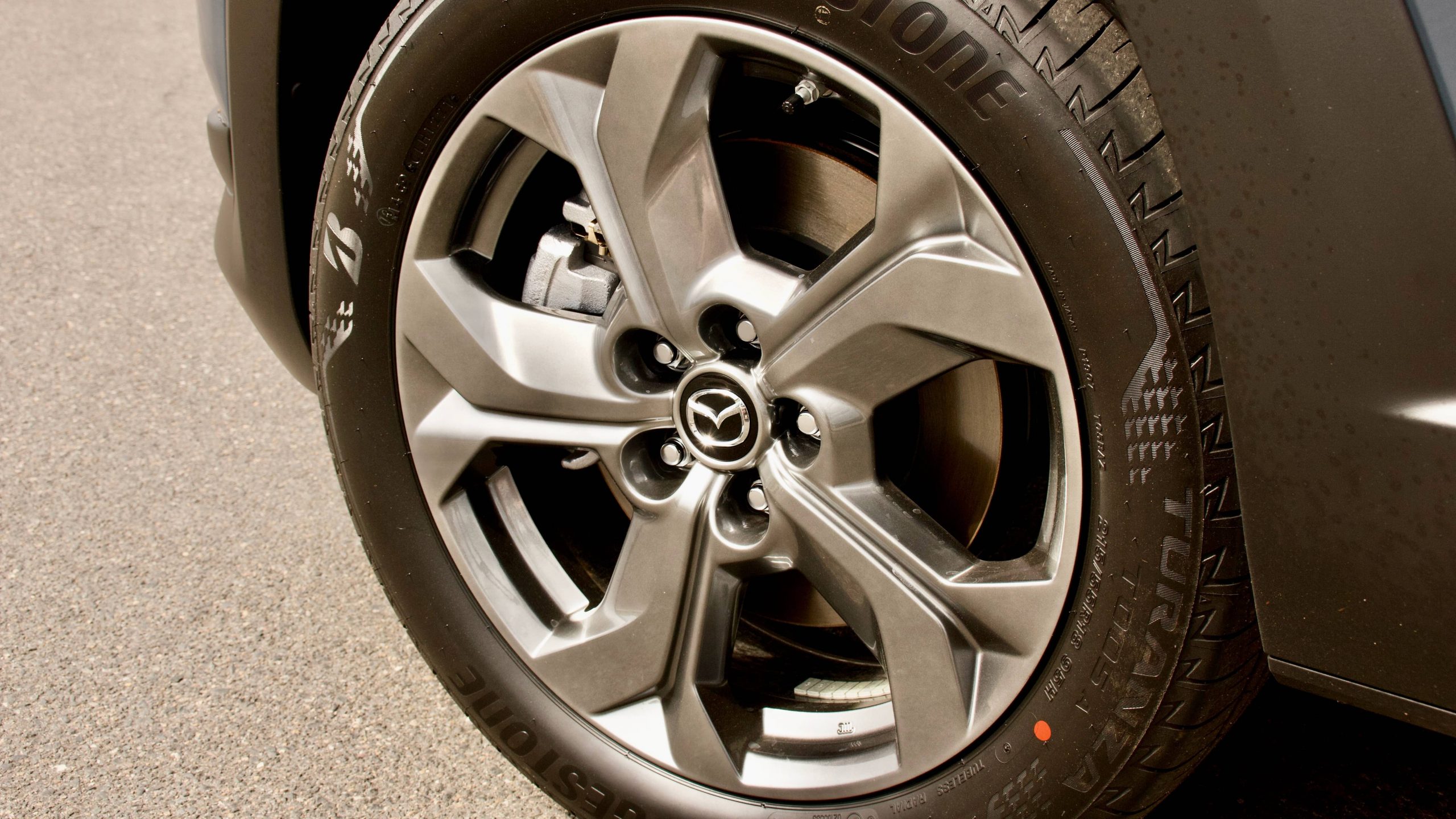
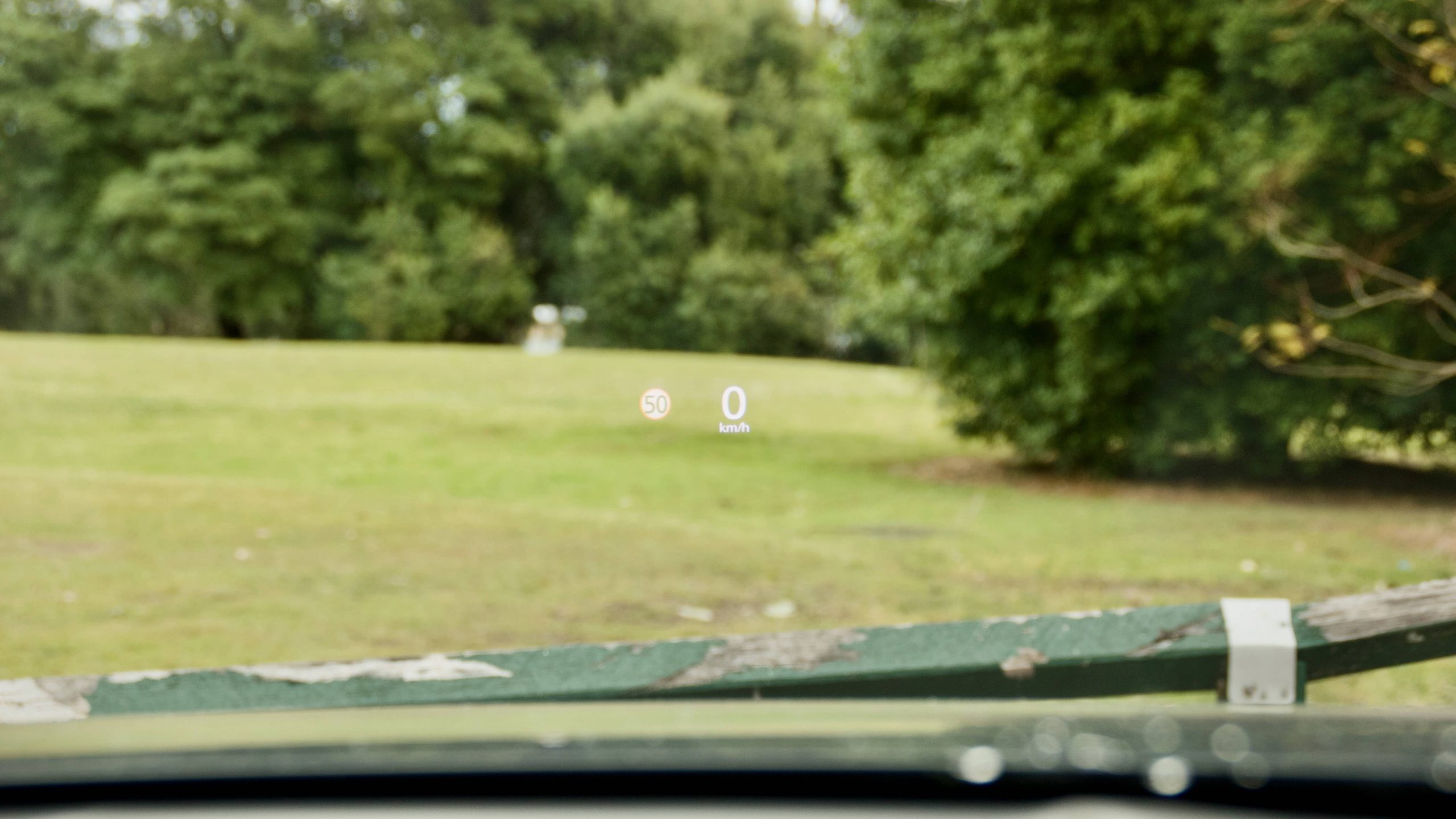
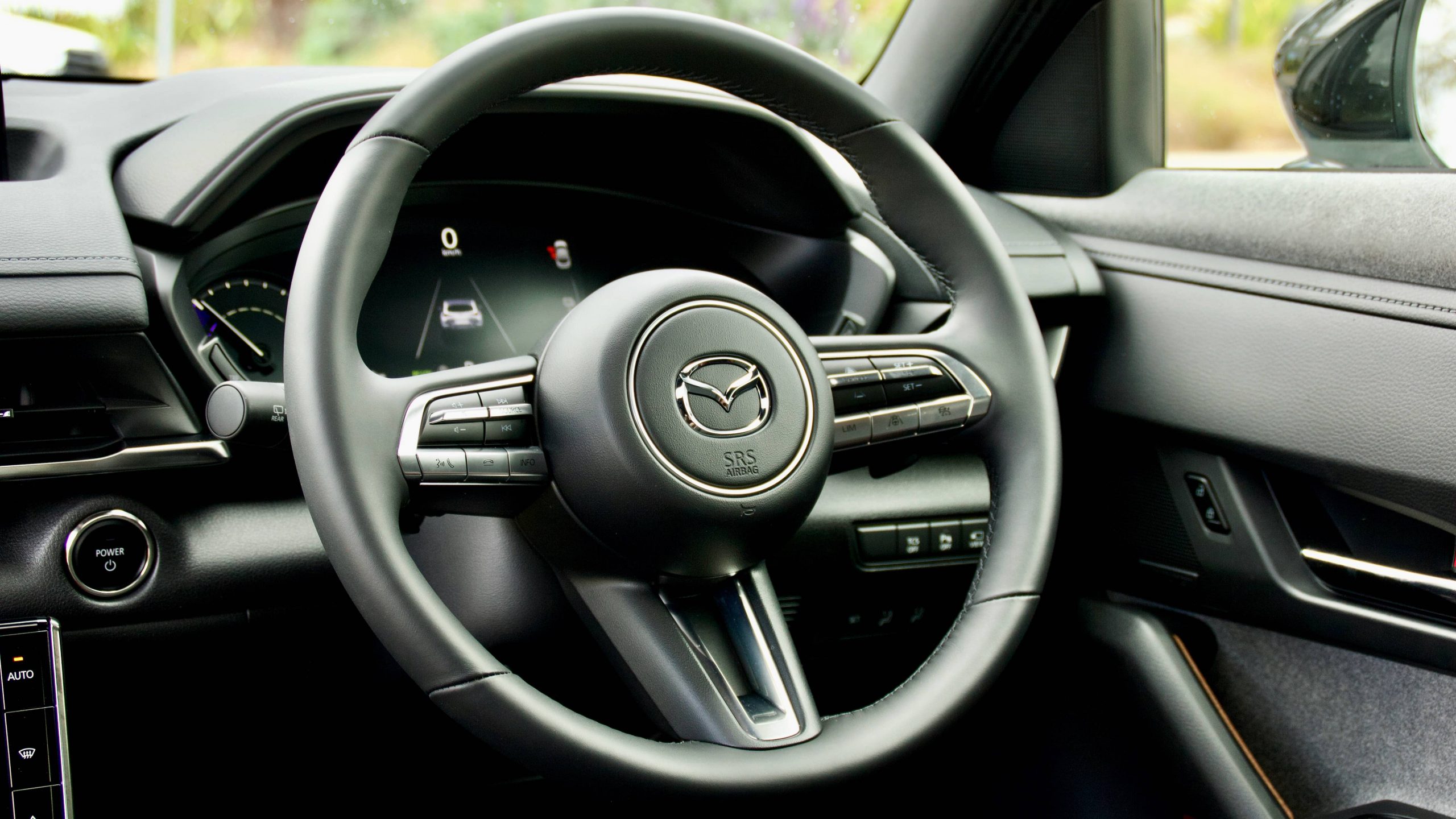
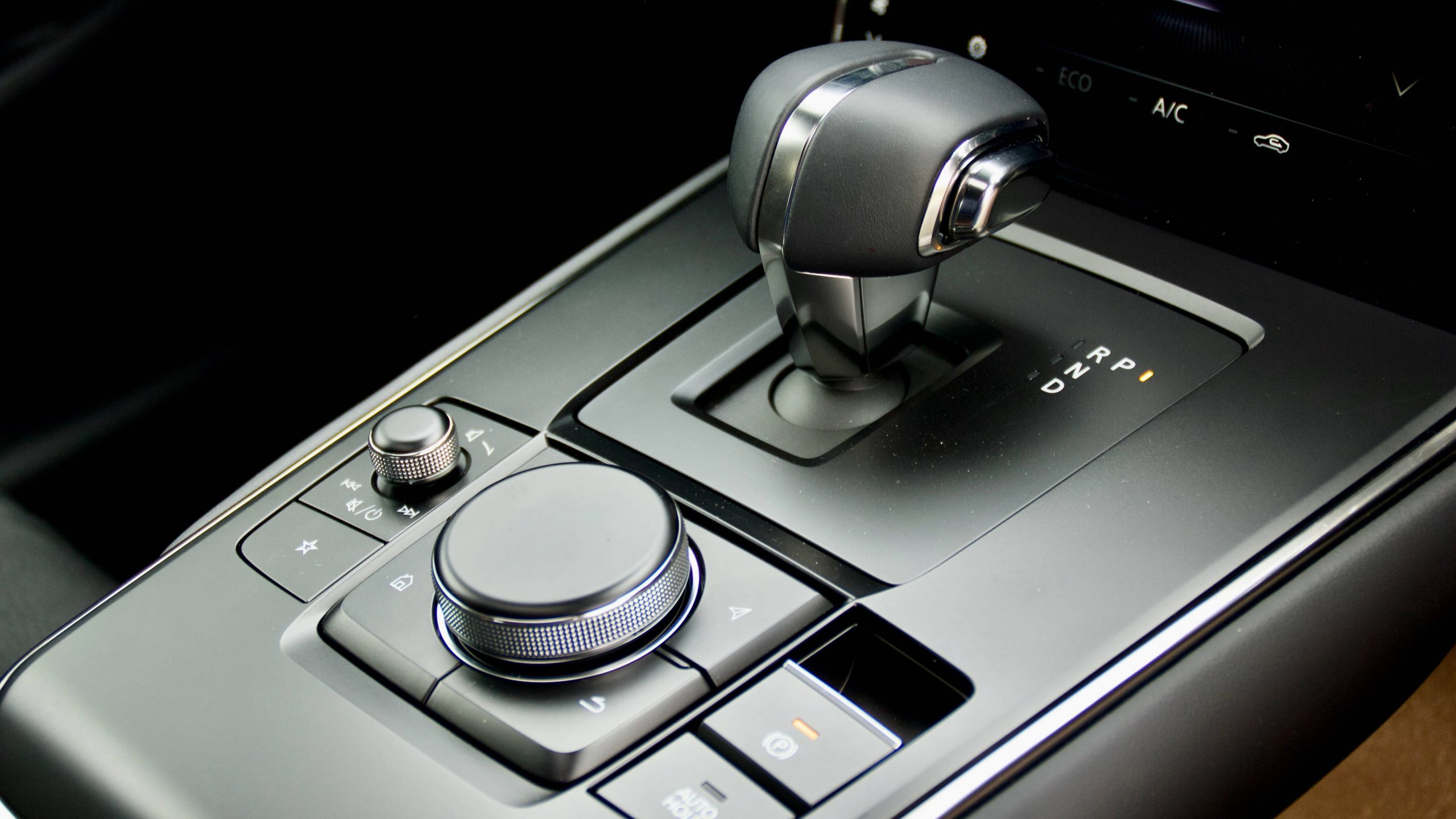
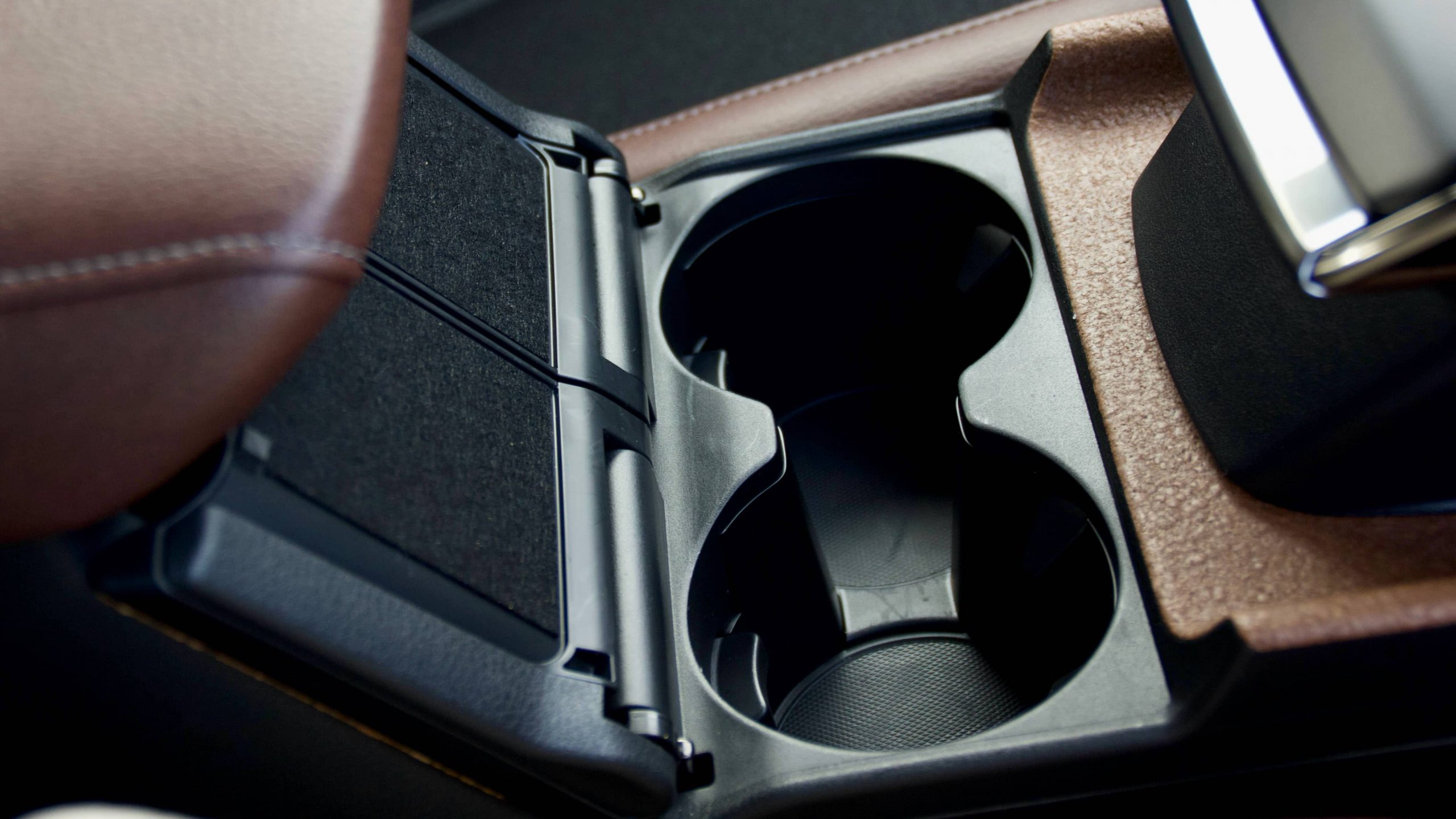
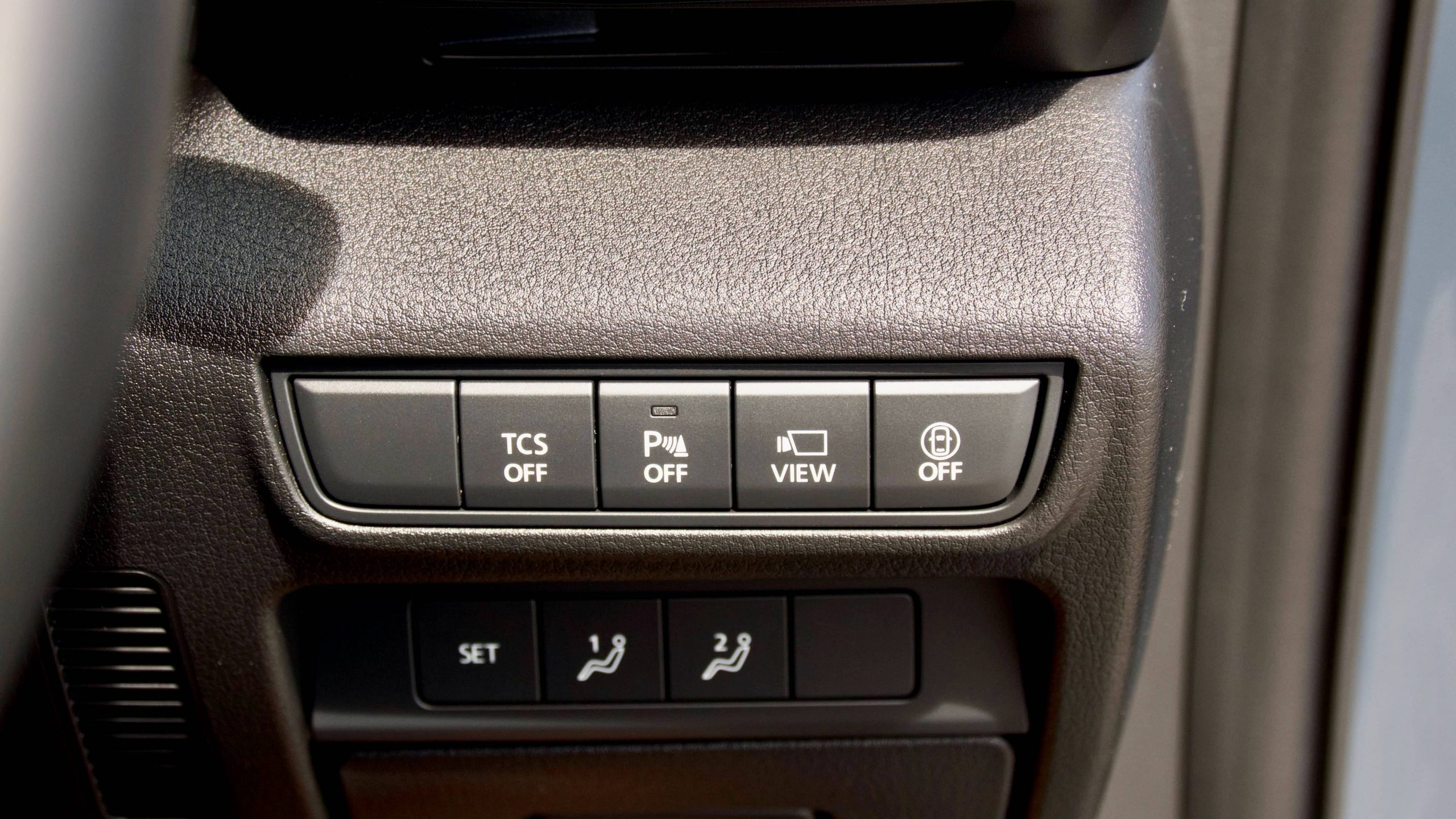
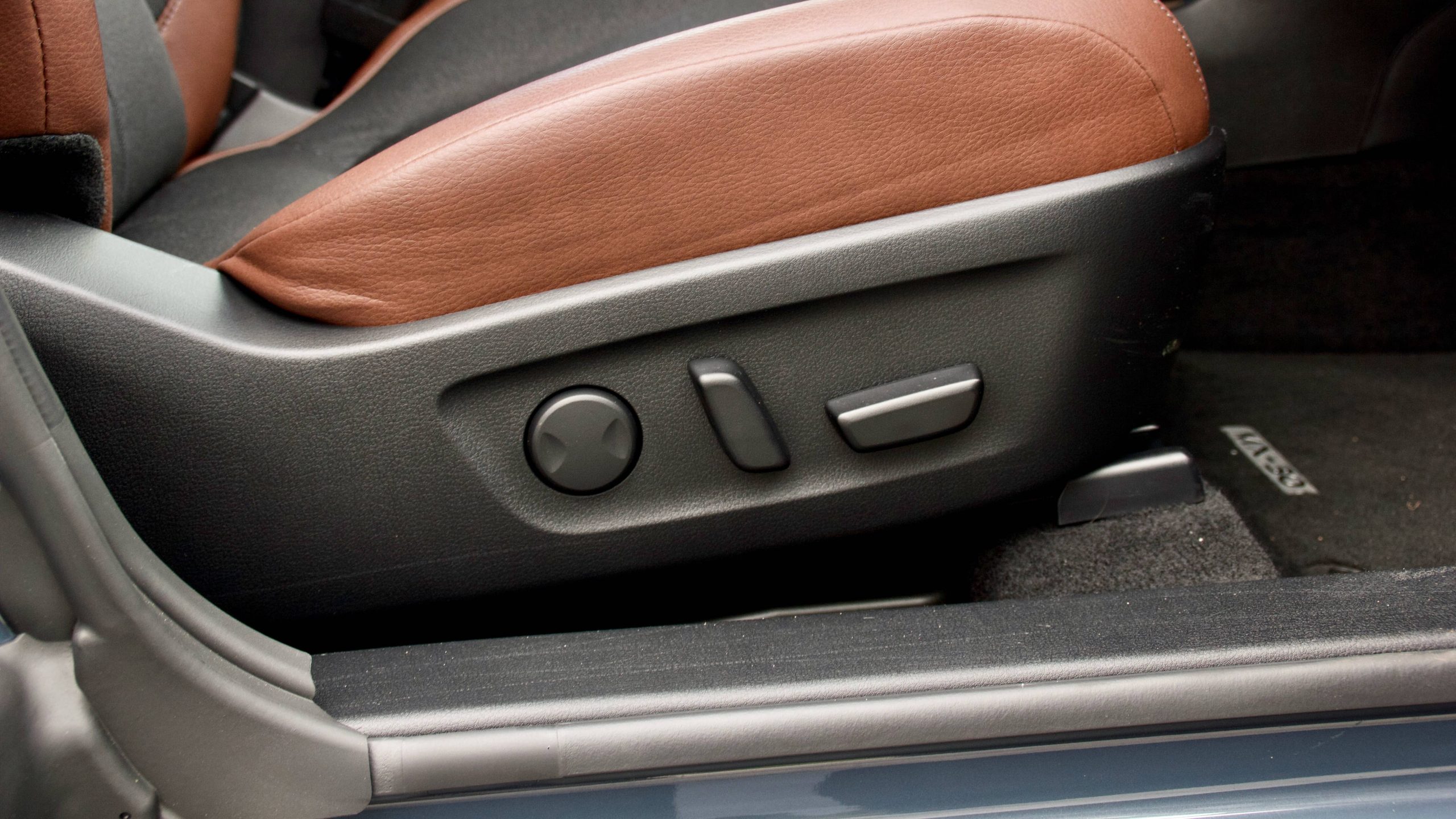
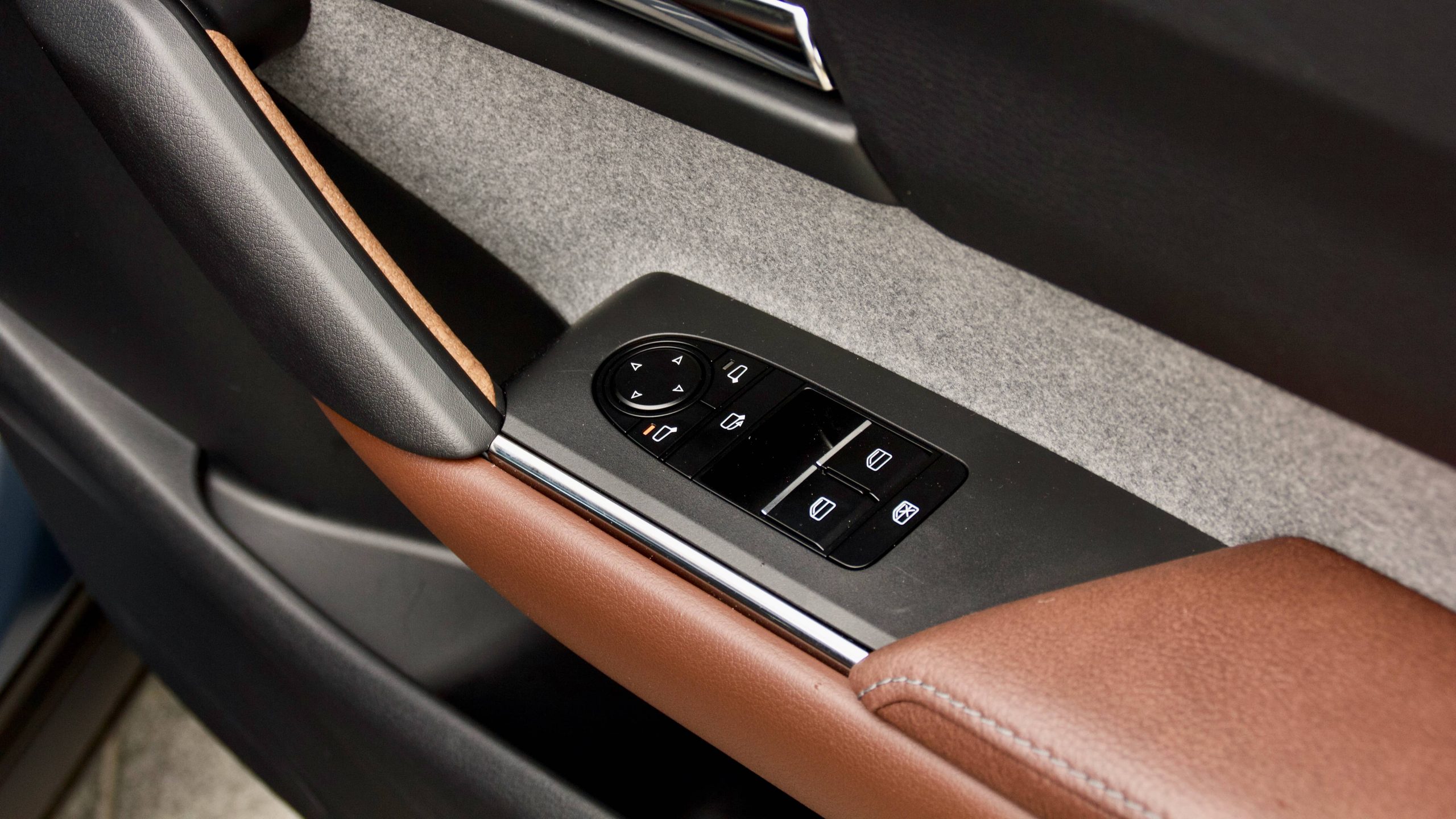
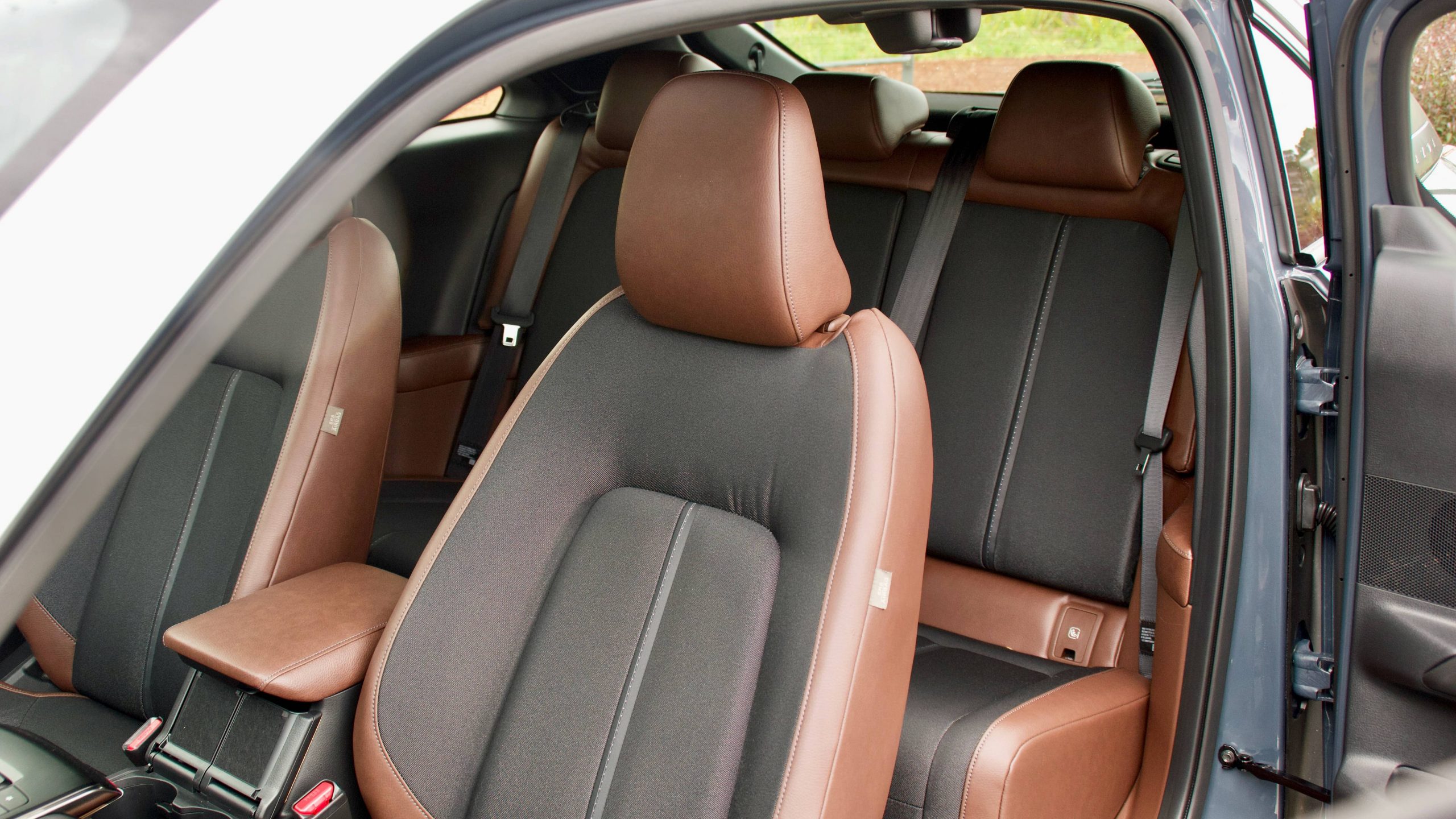
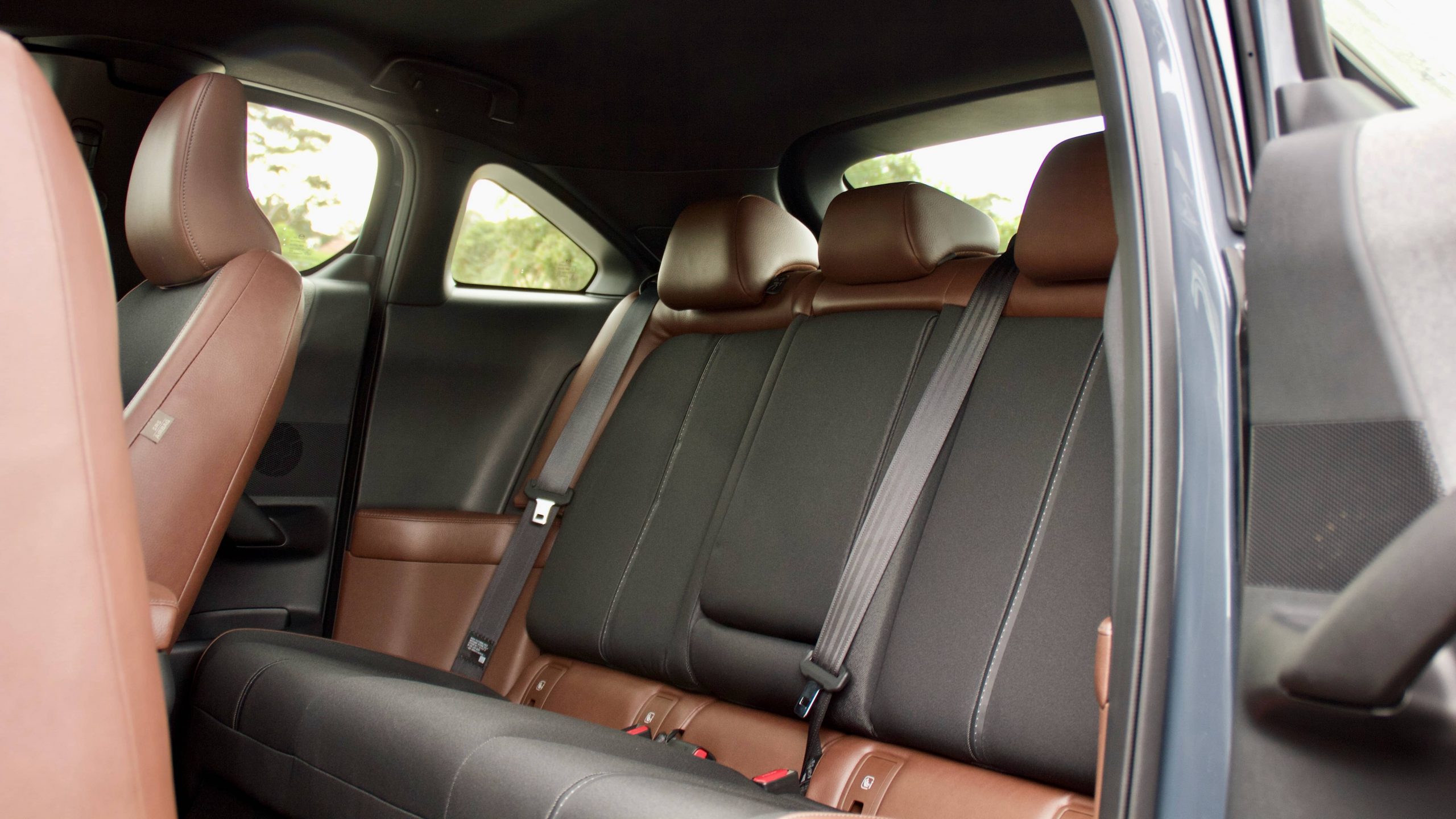
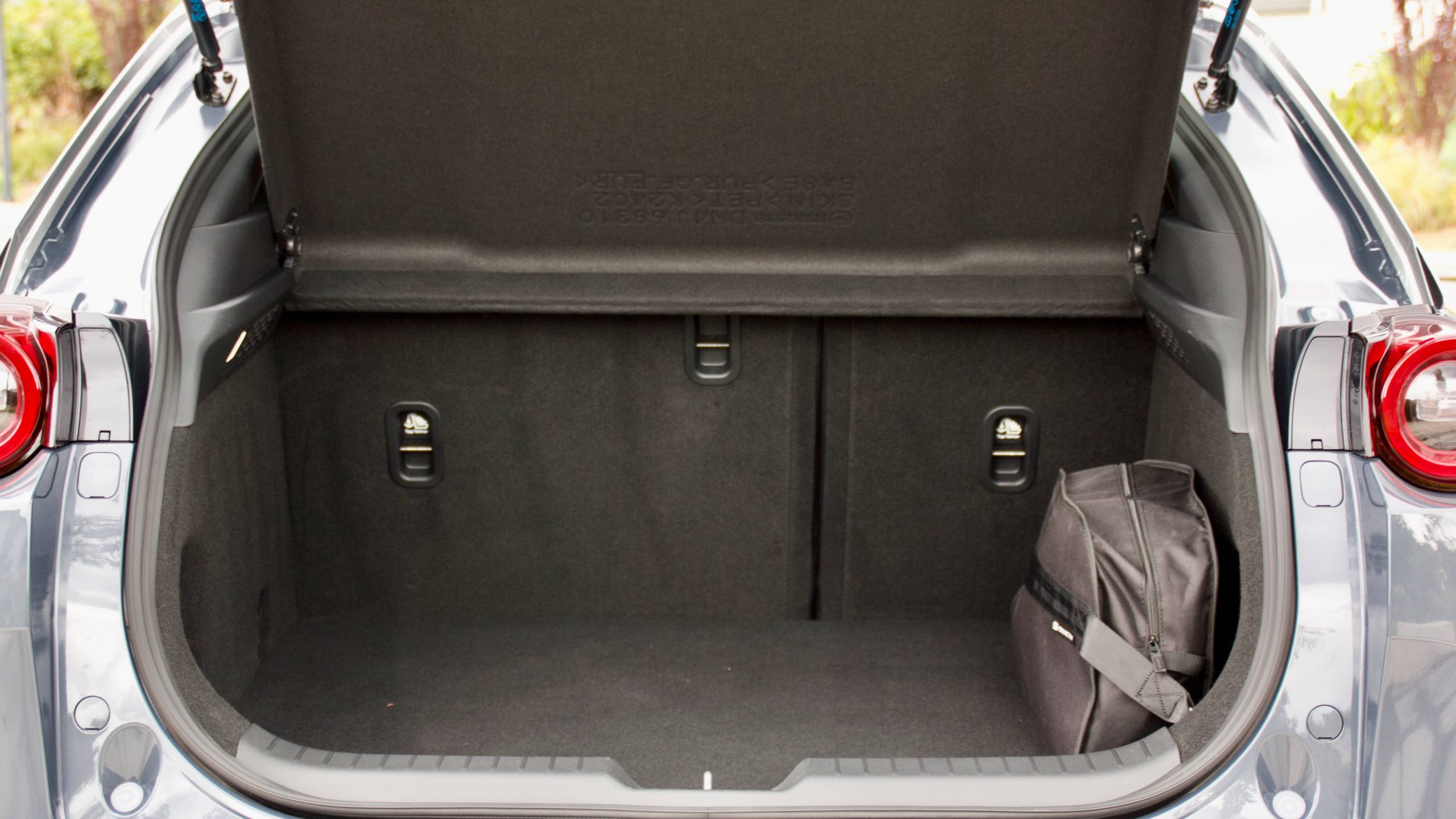
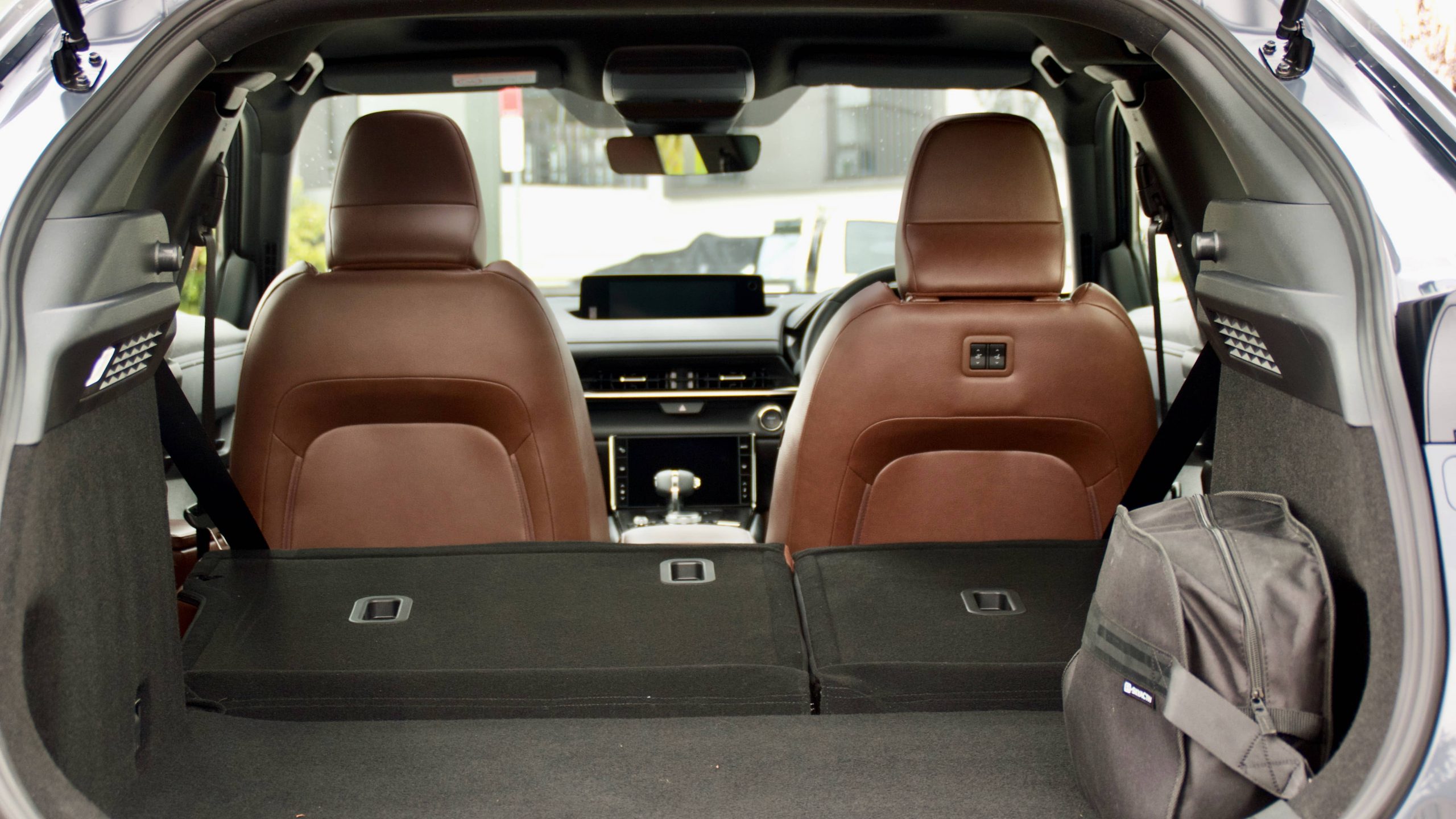
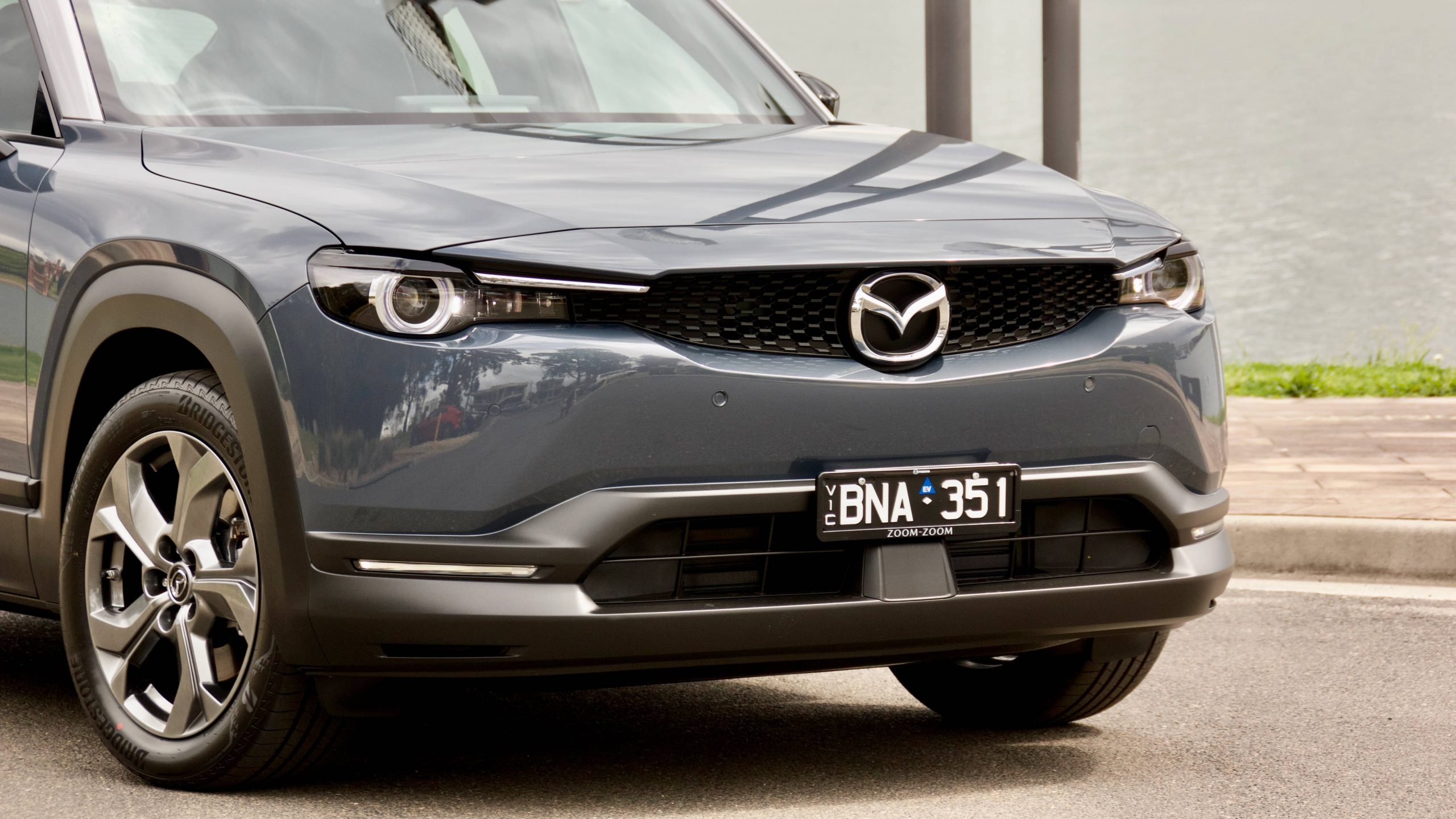
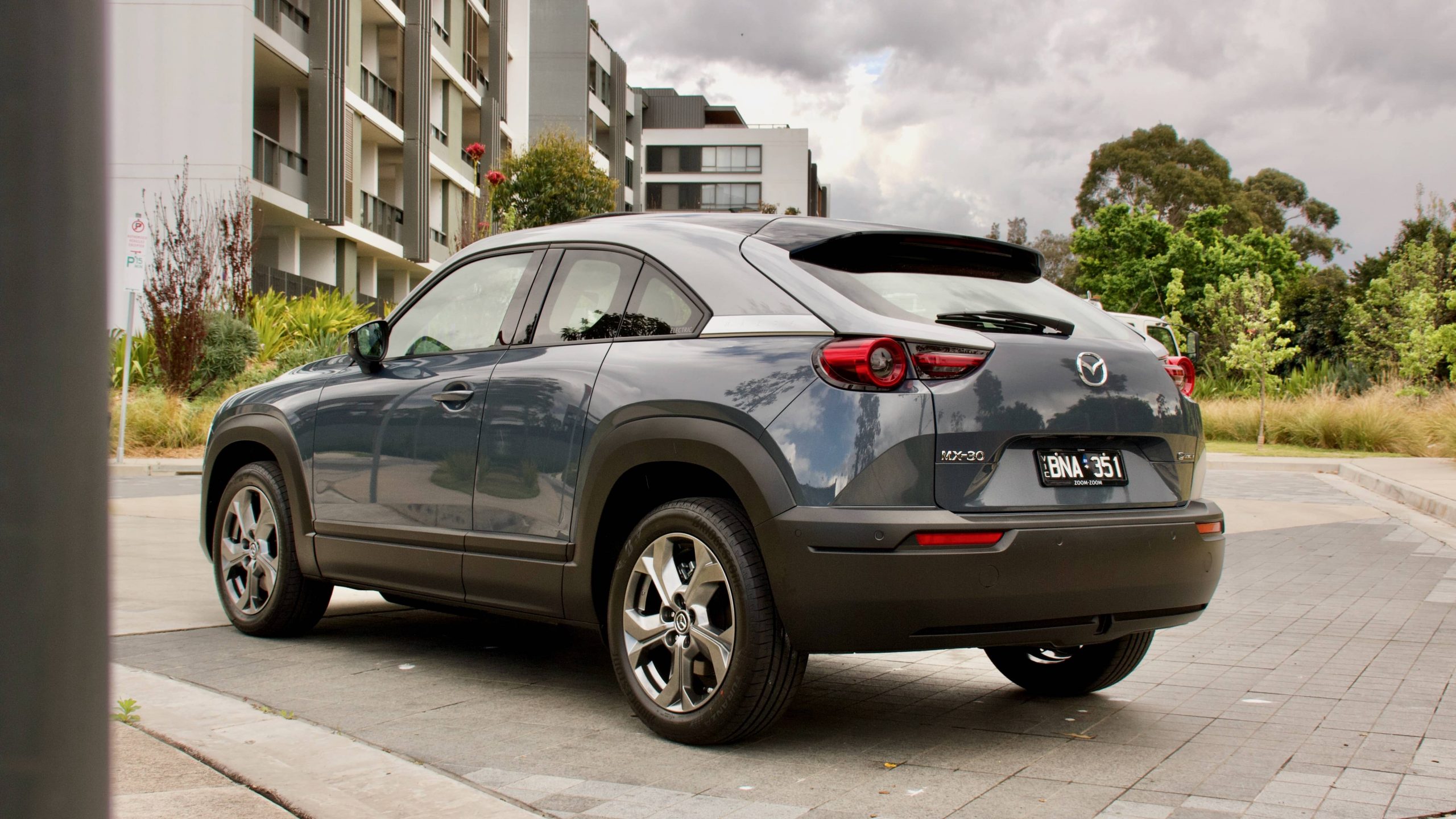
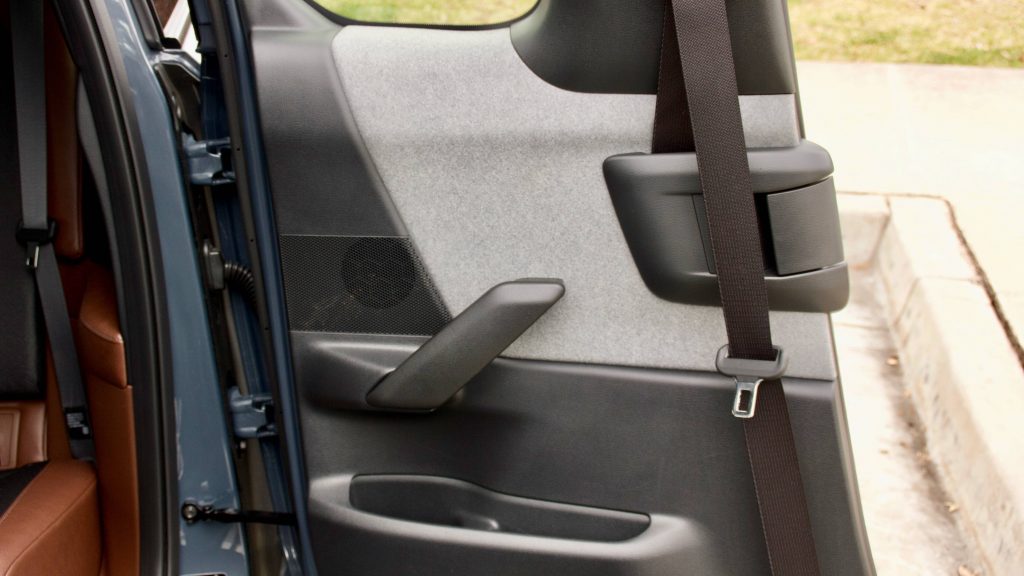
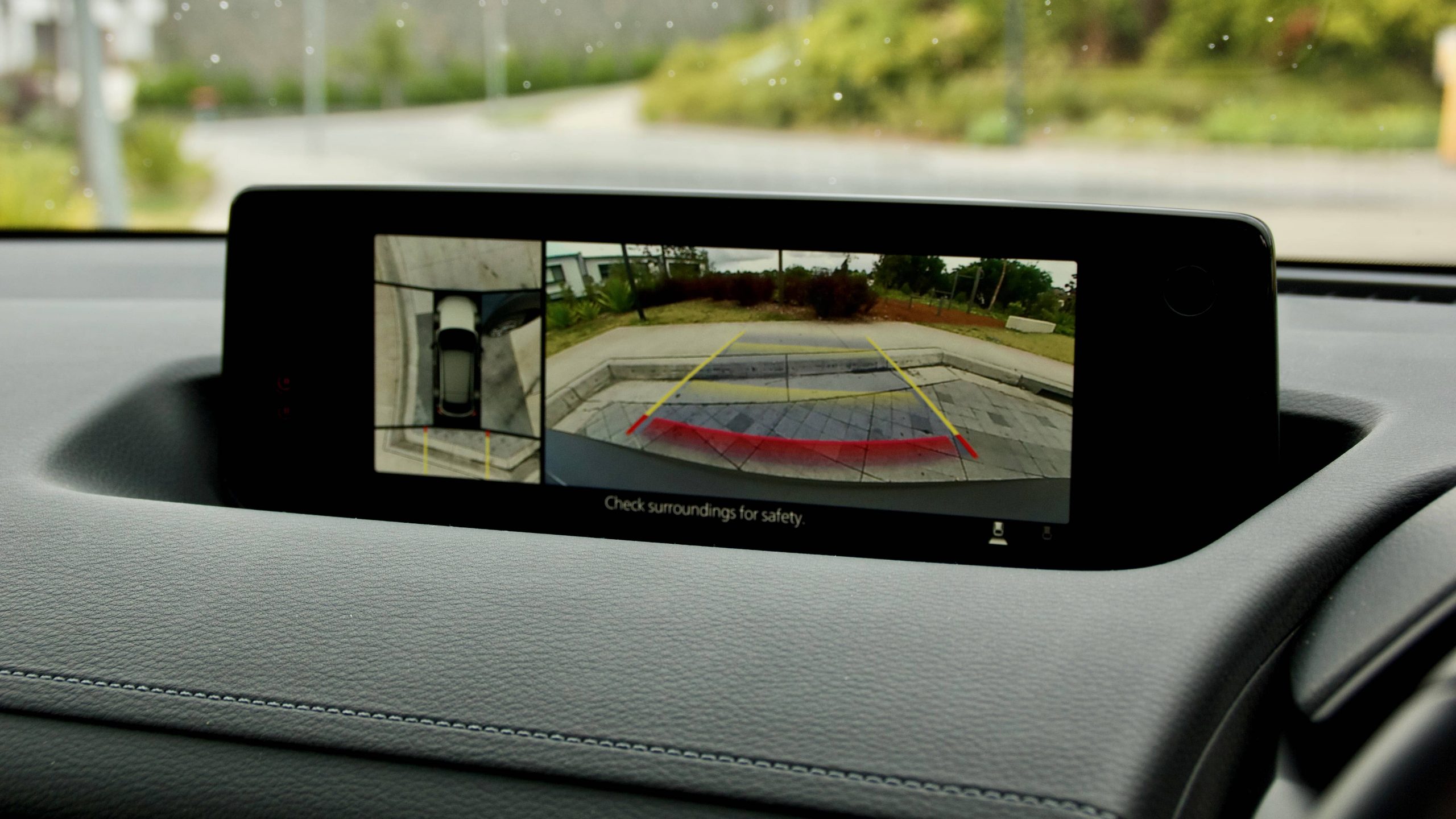
Leave a Reply